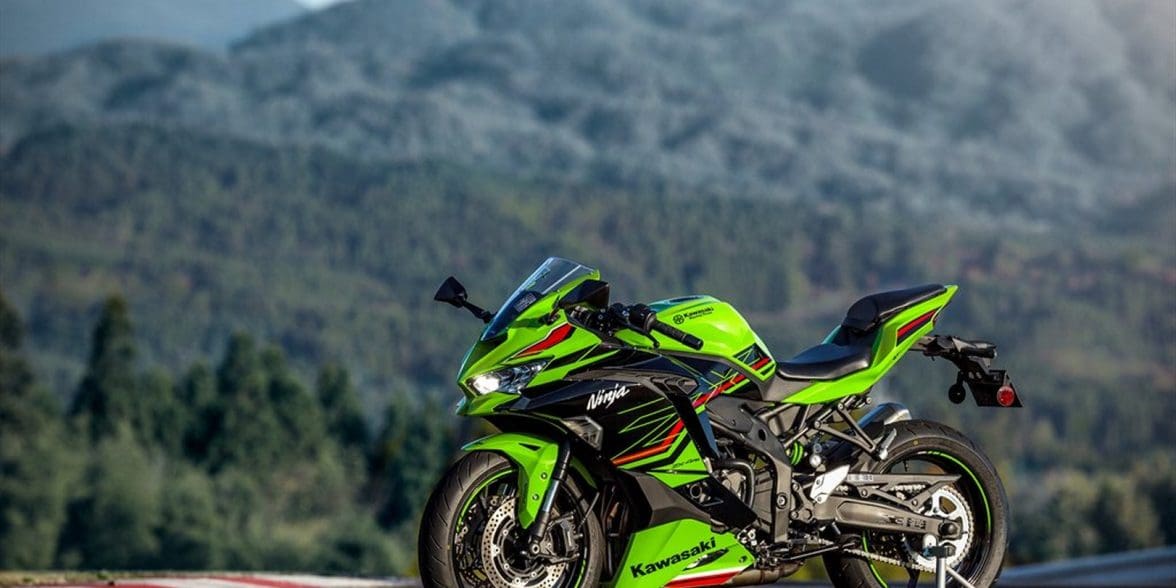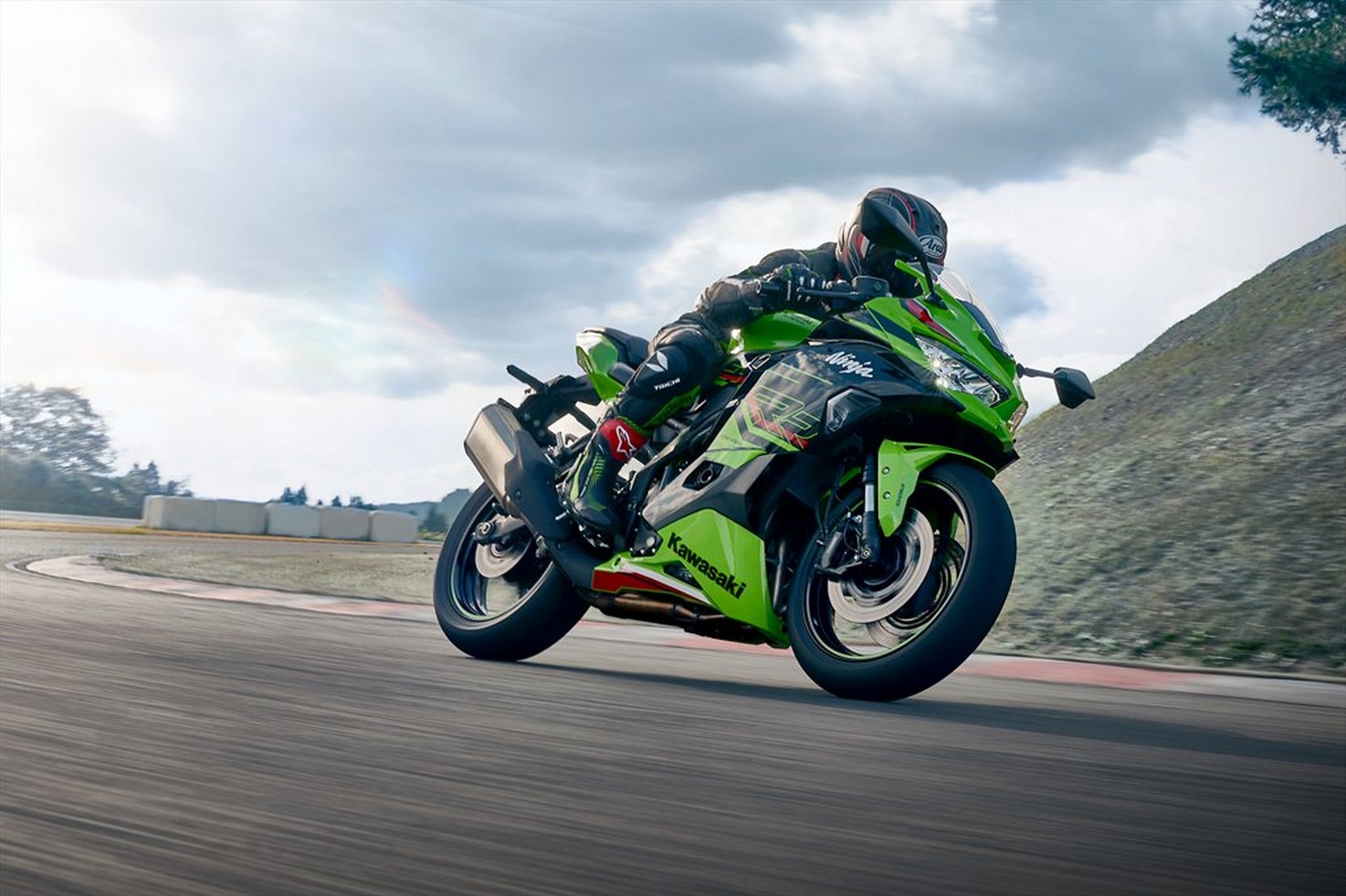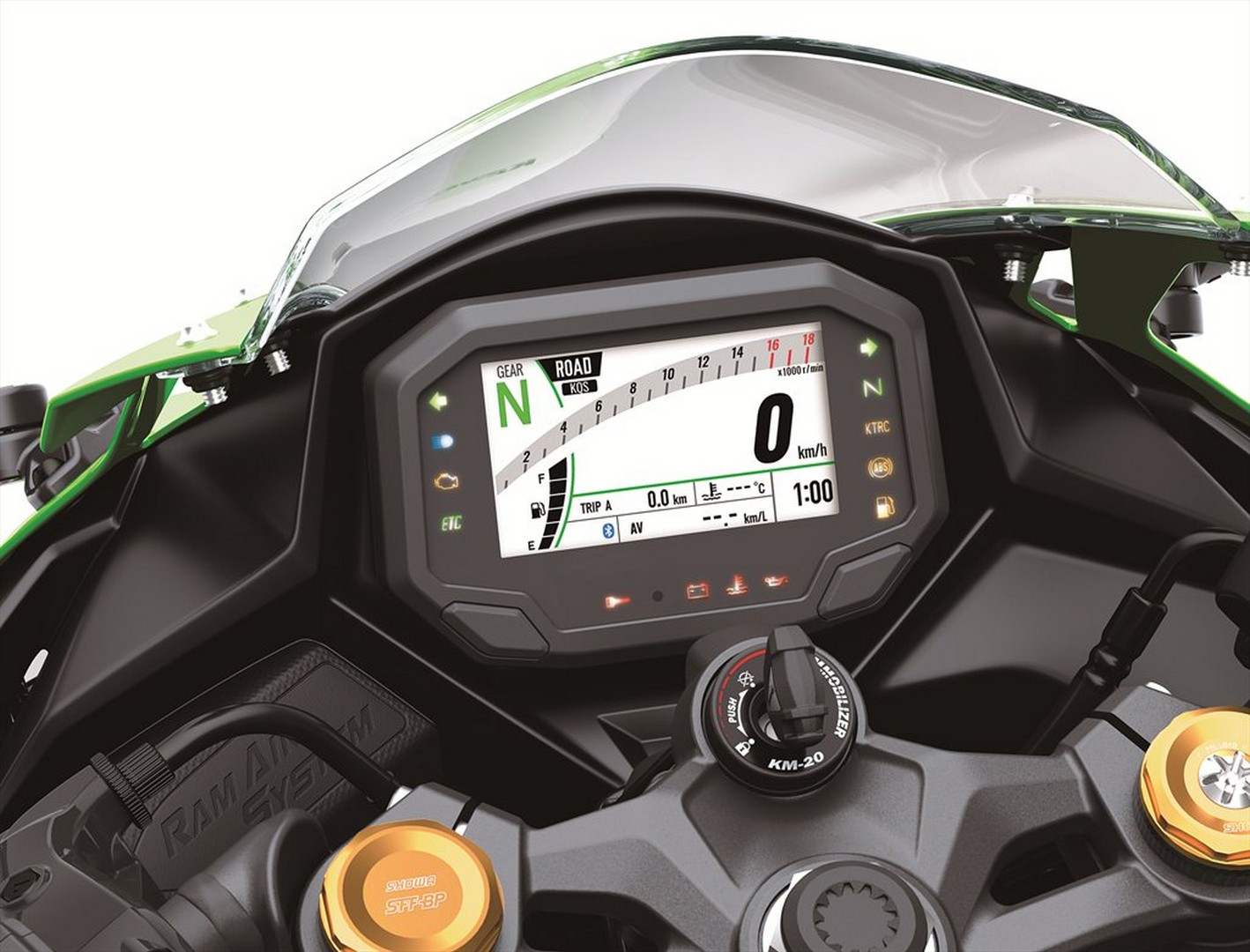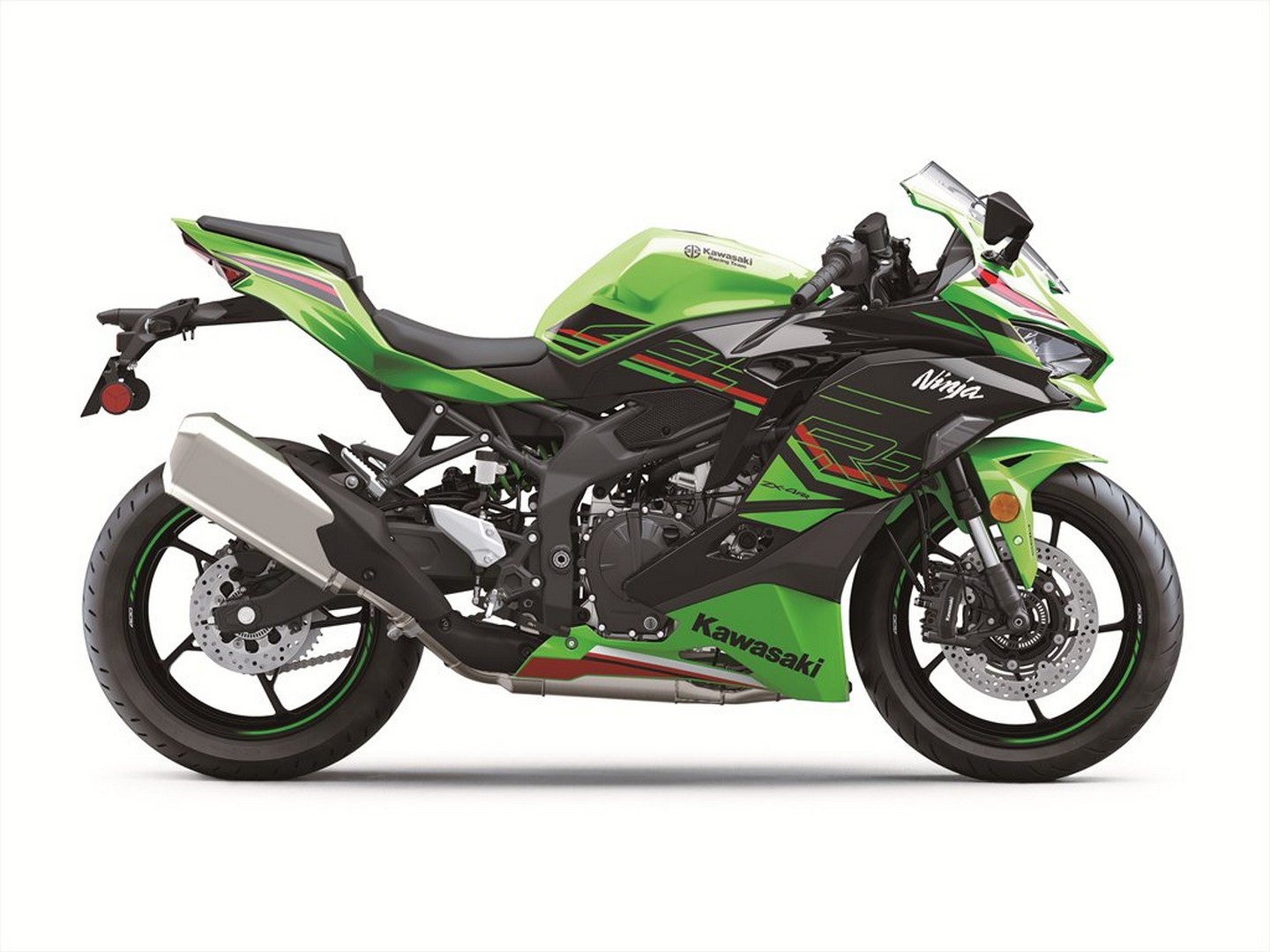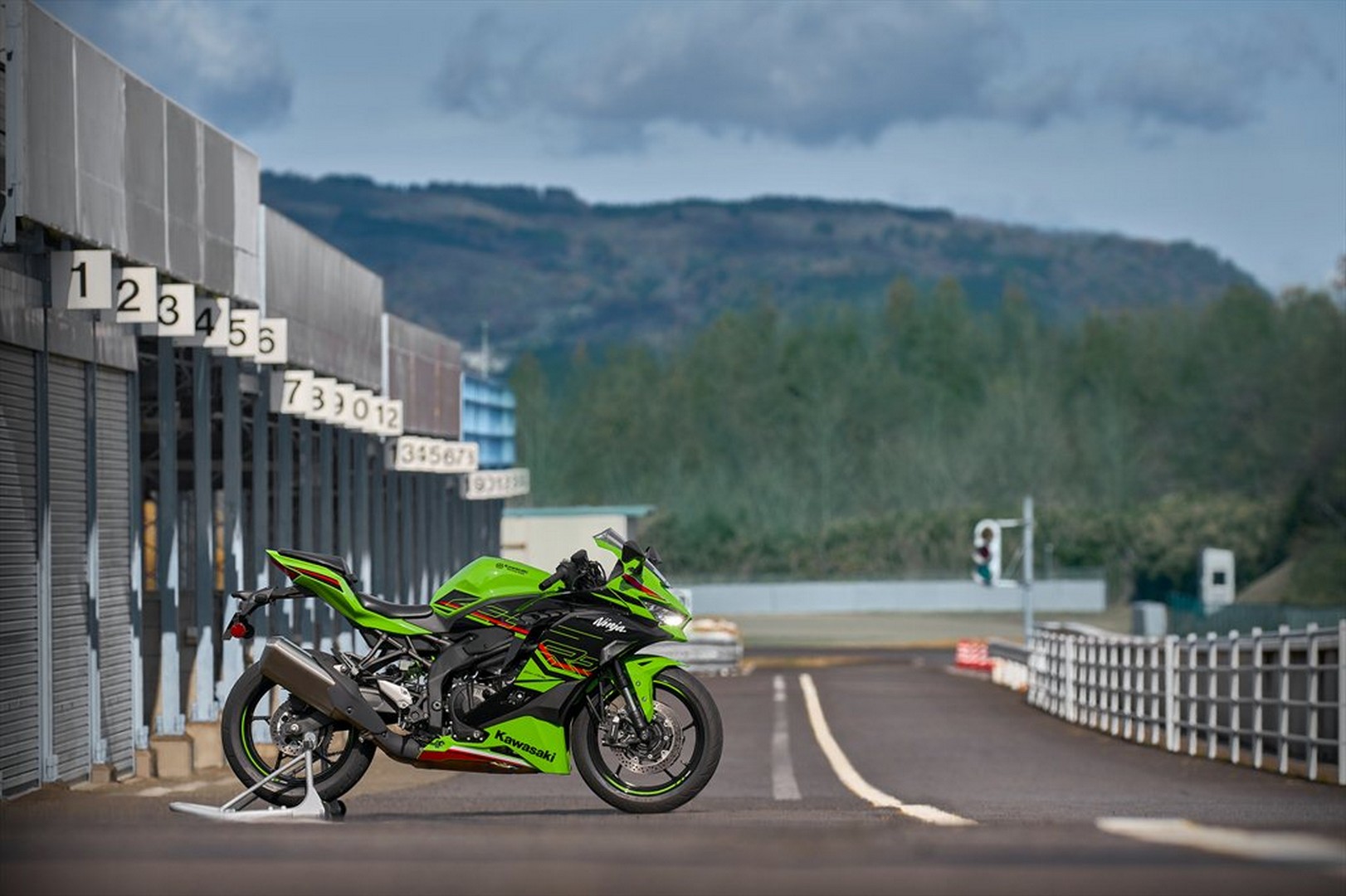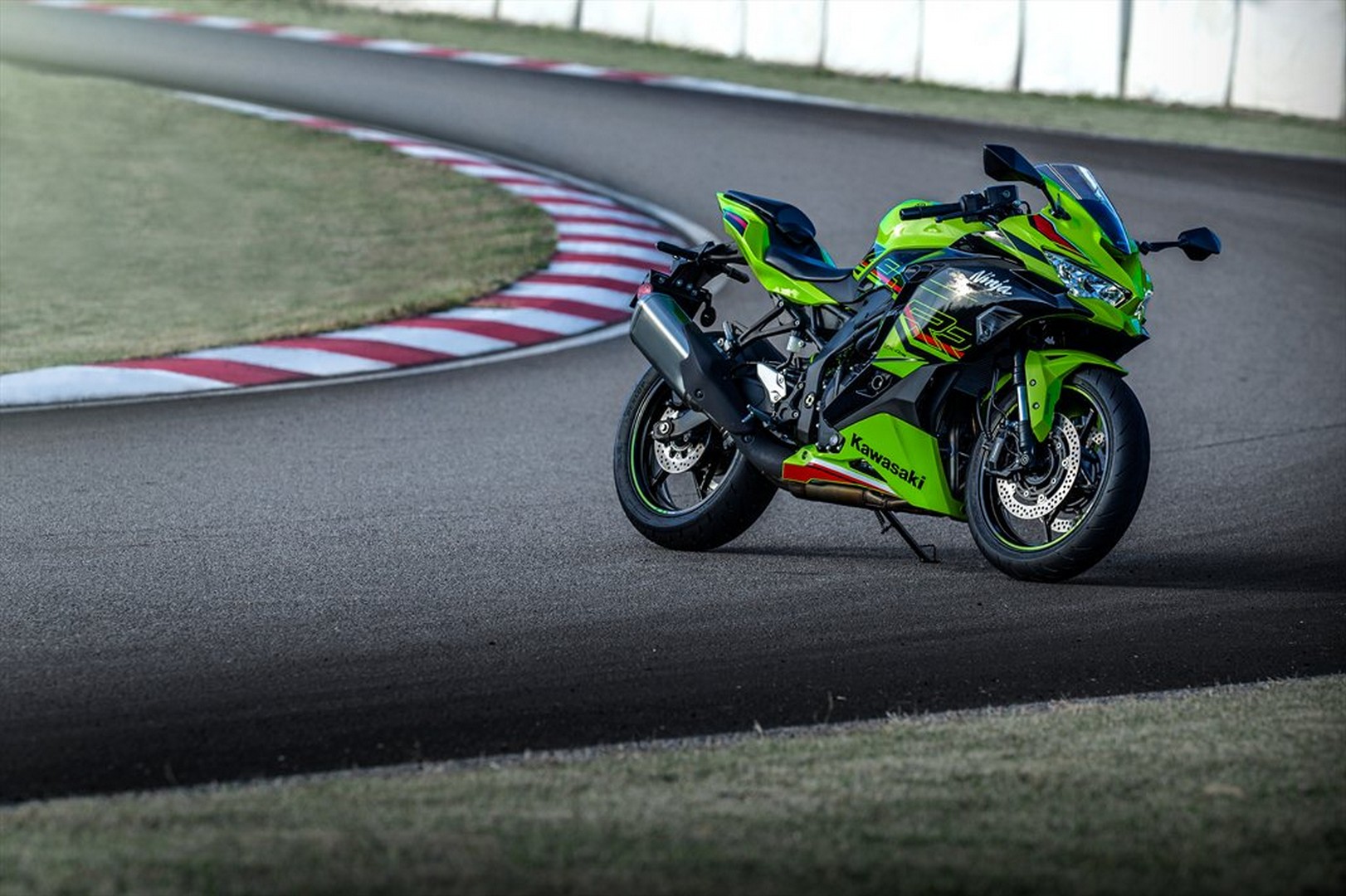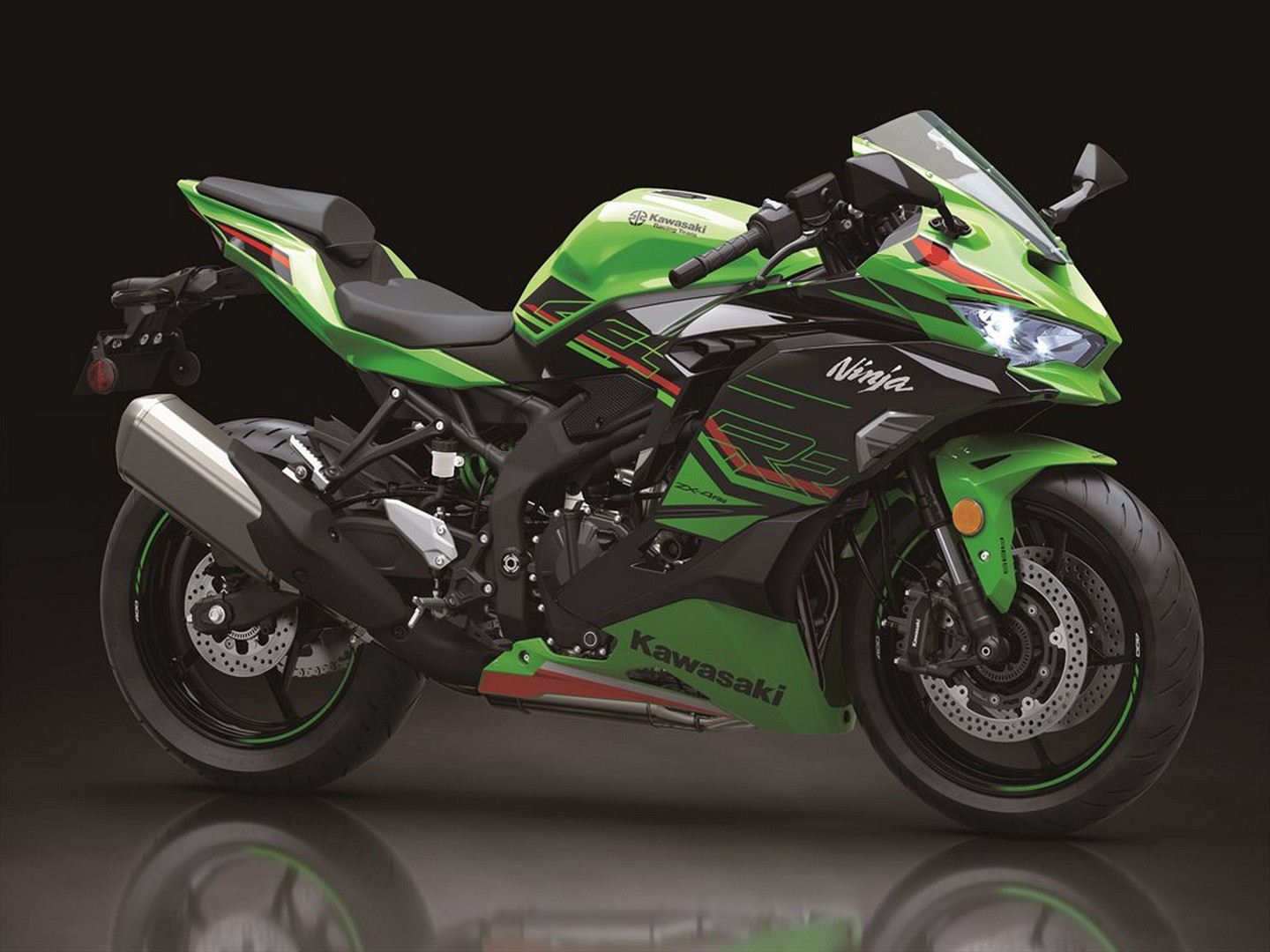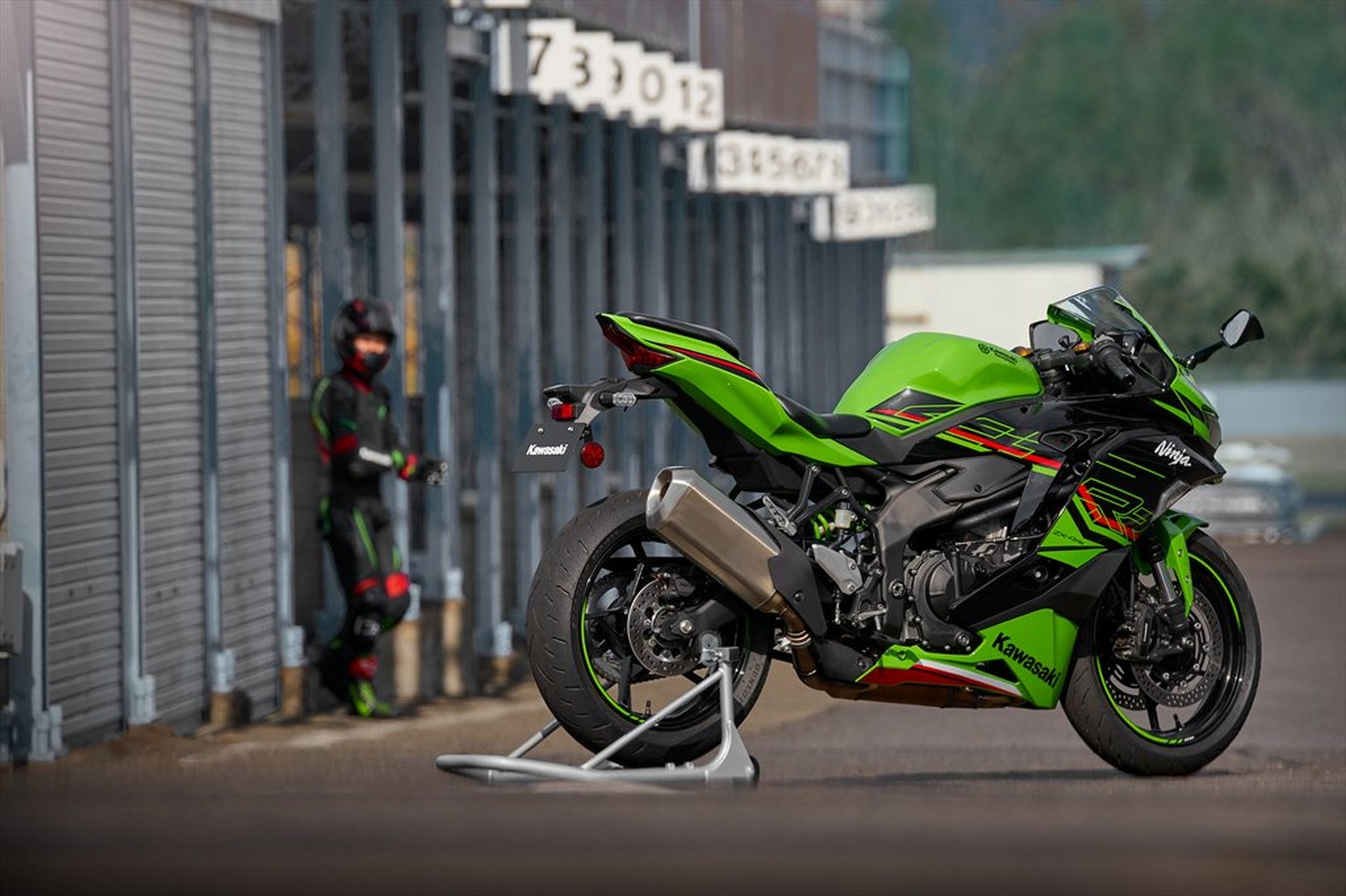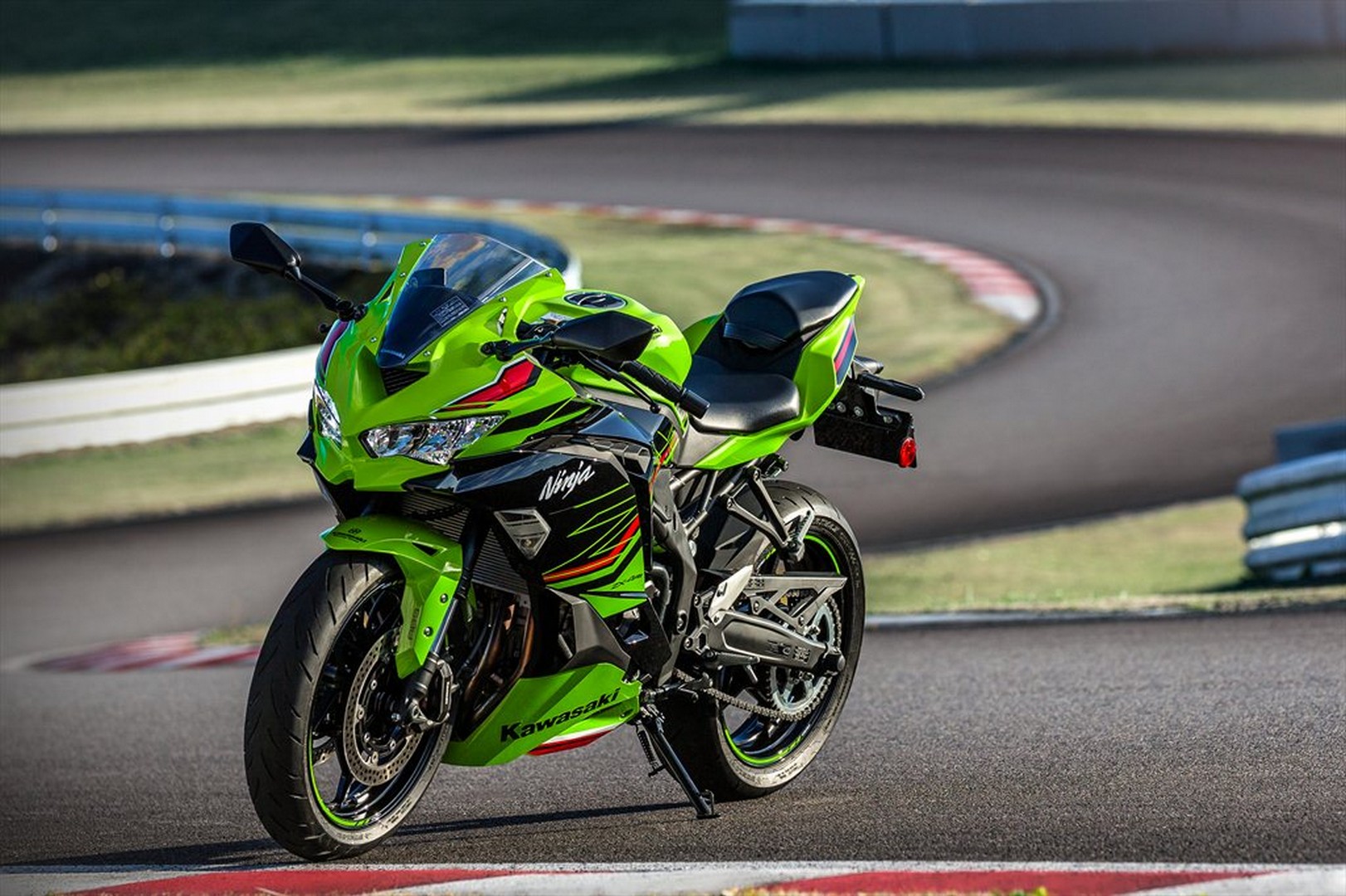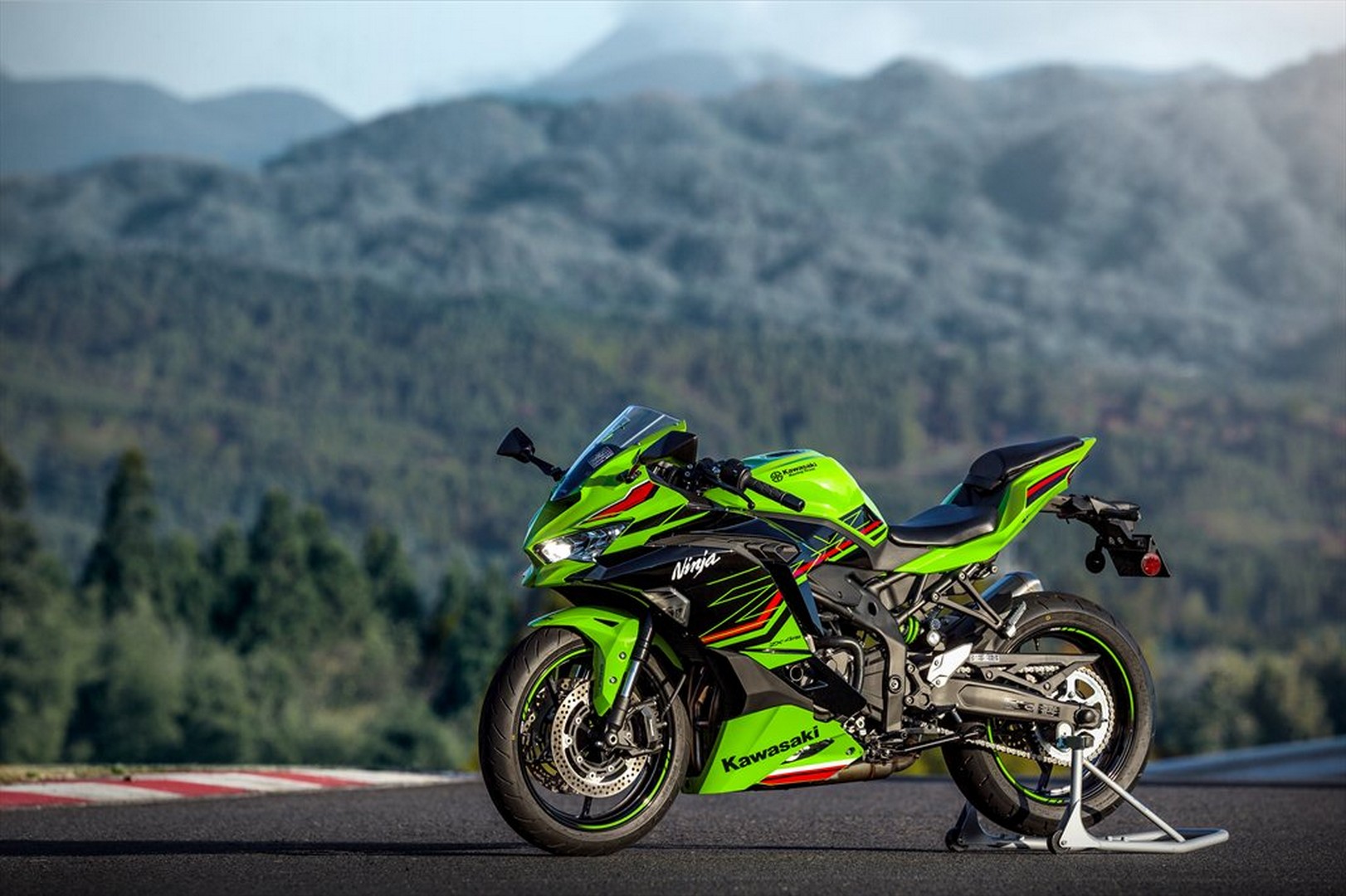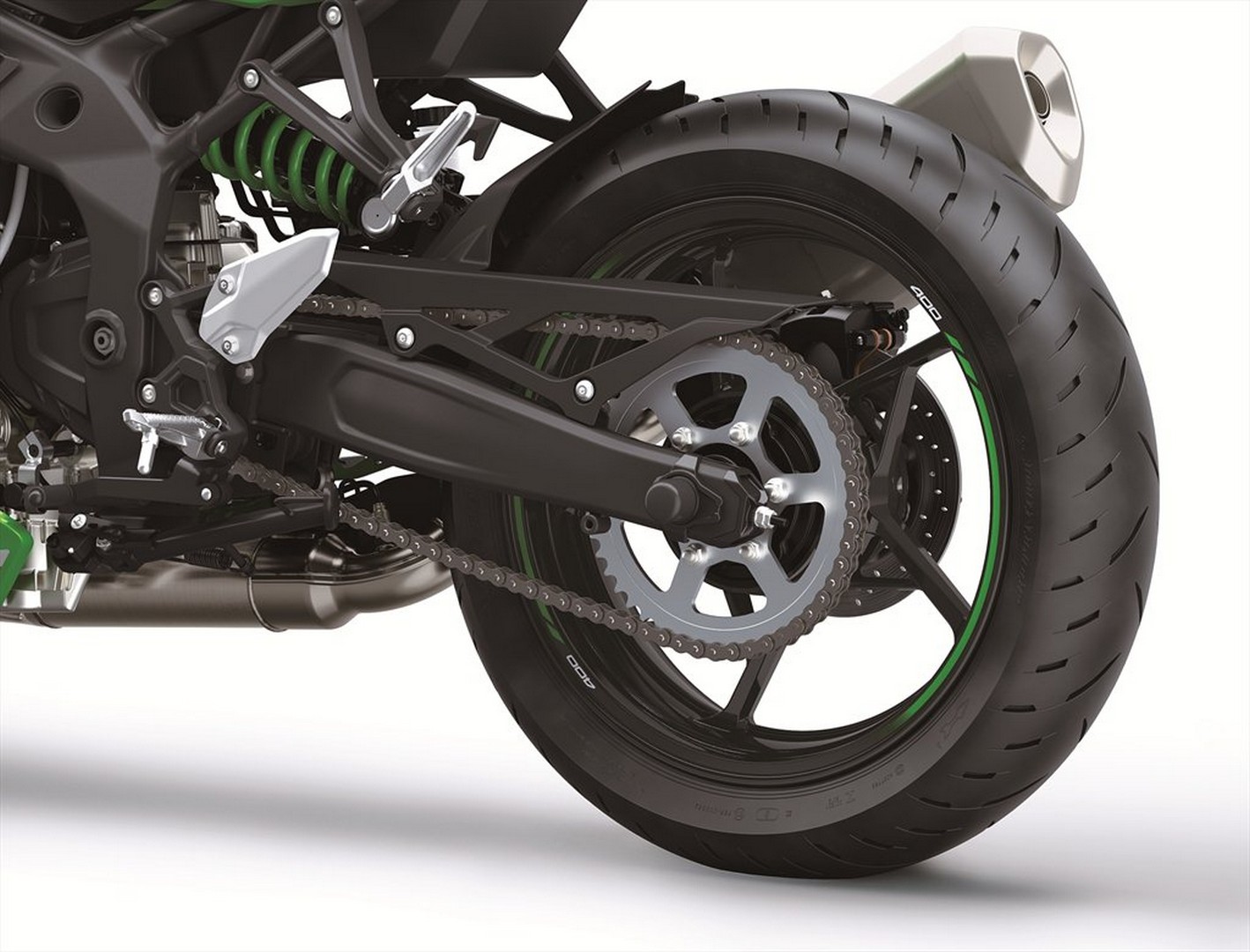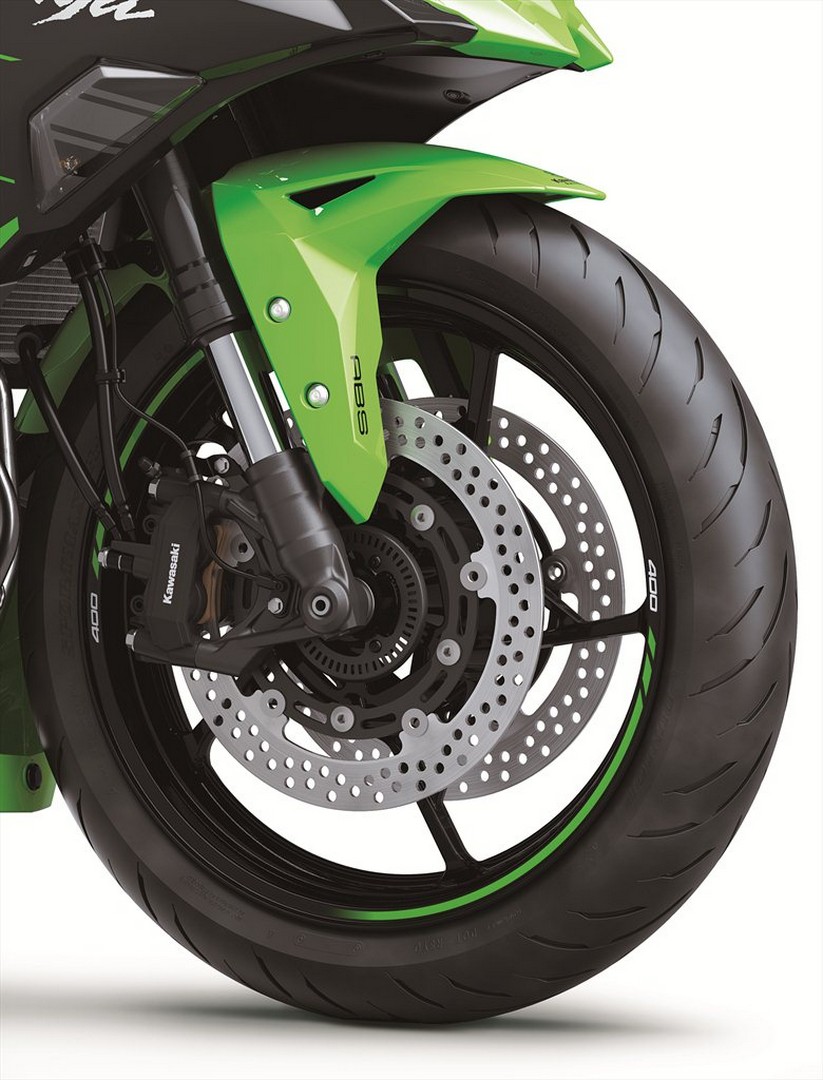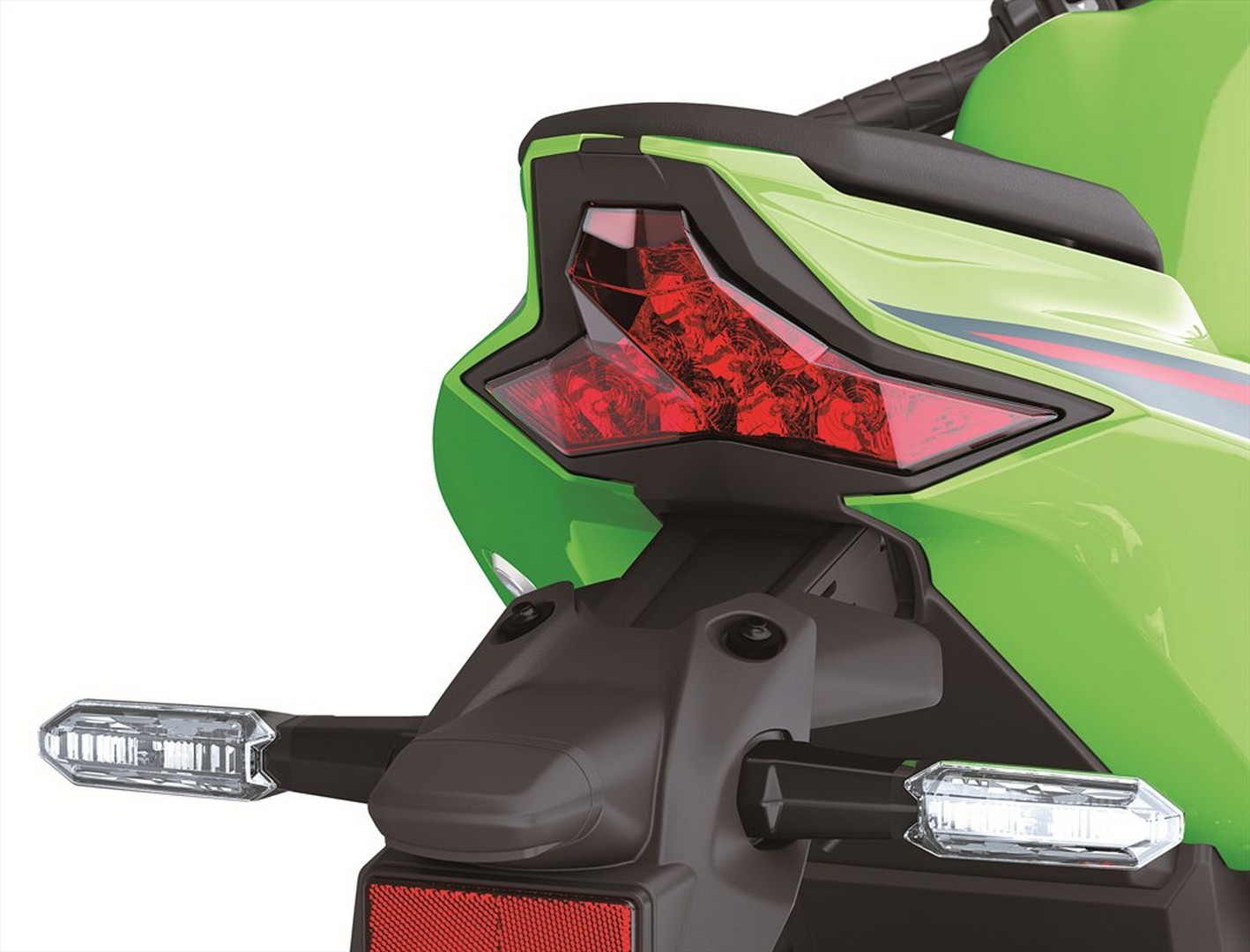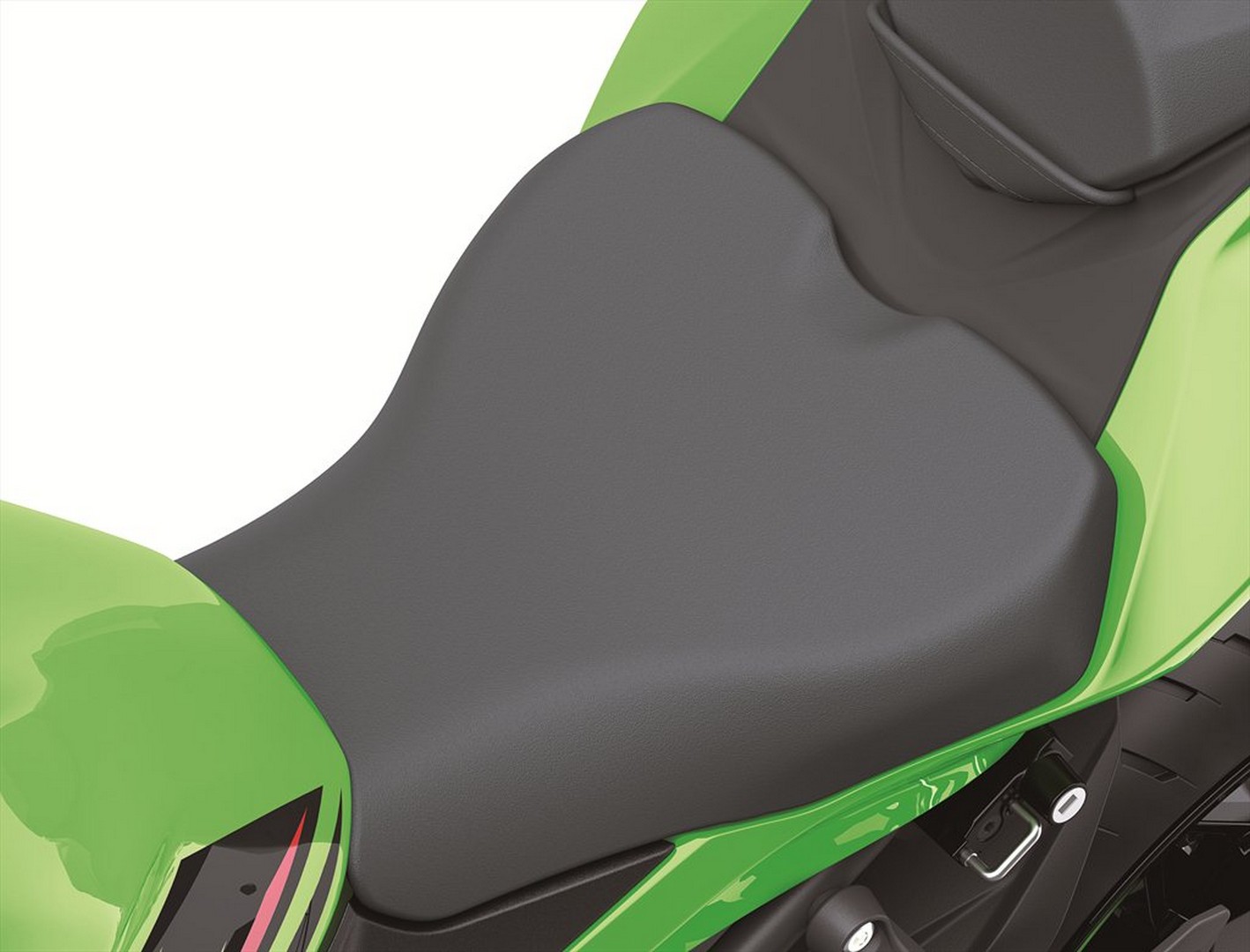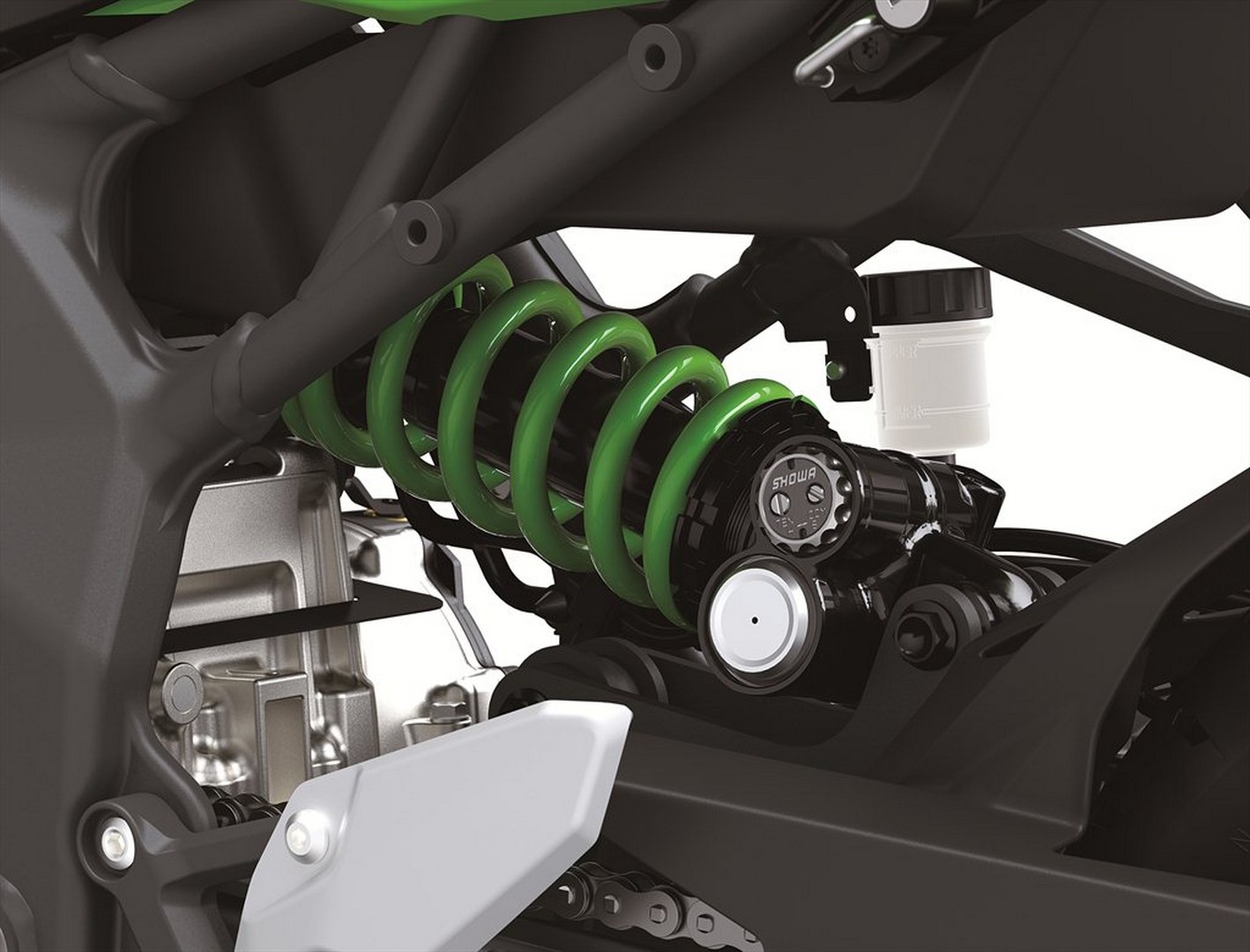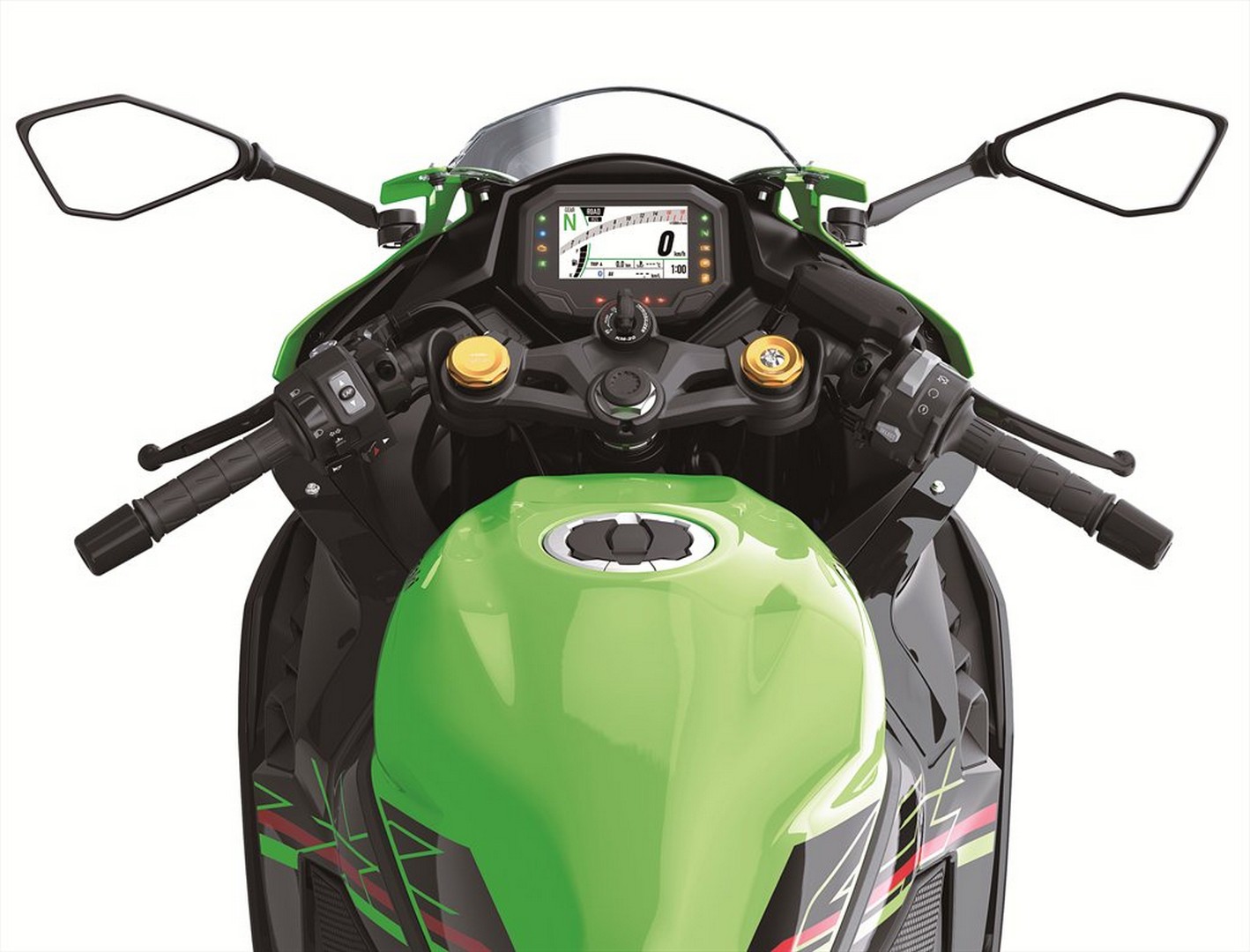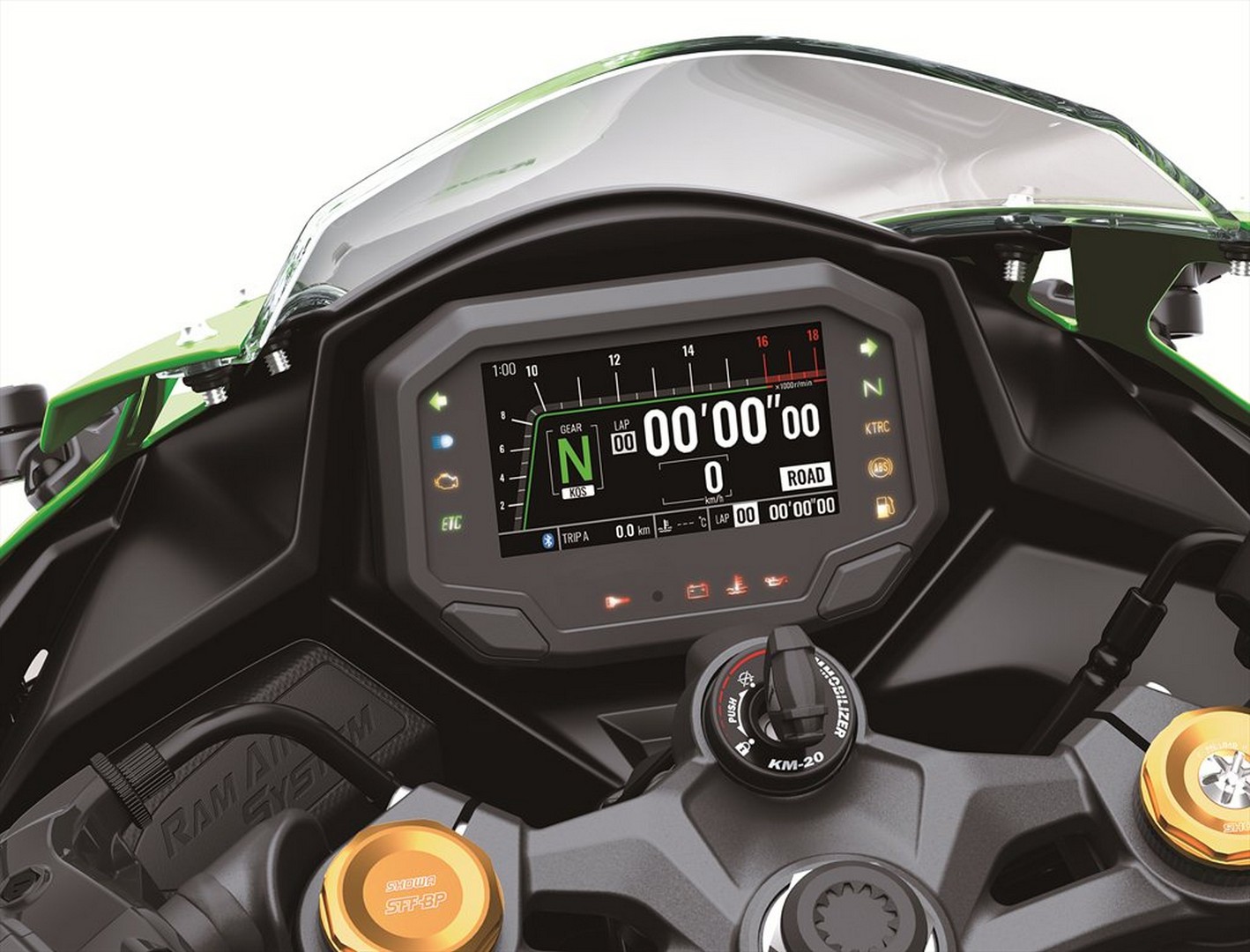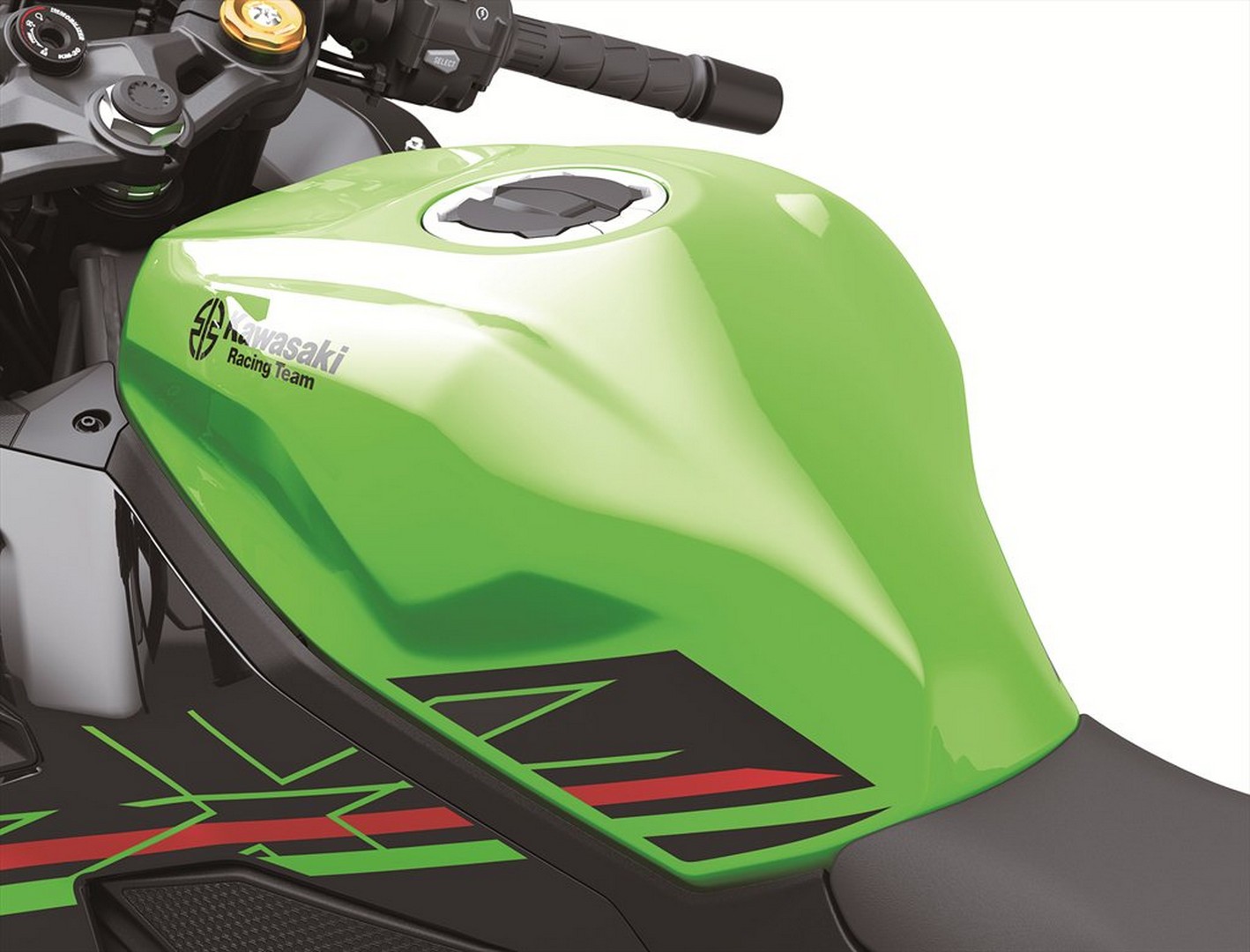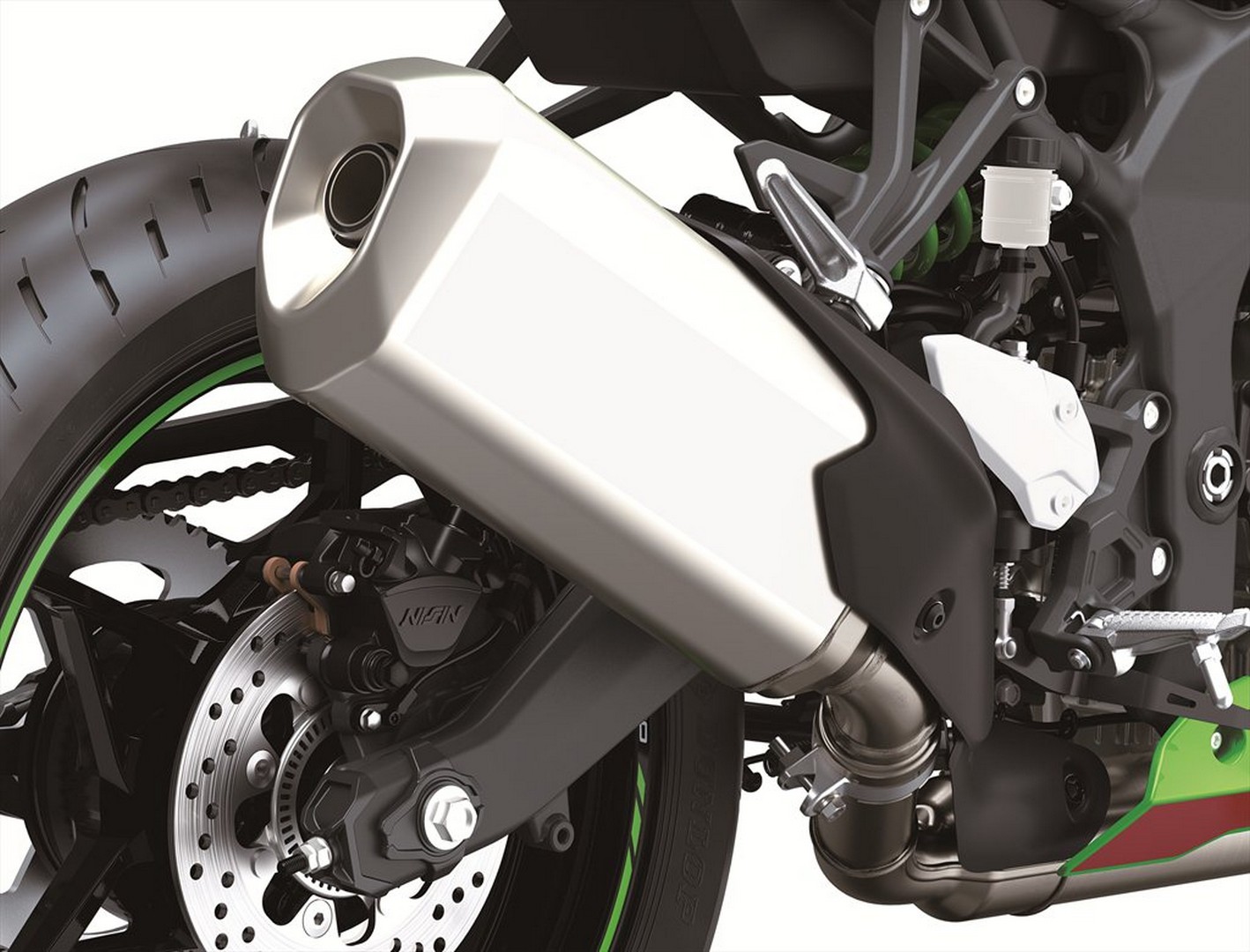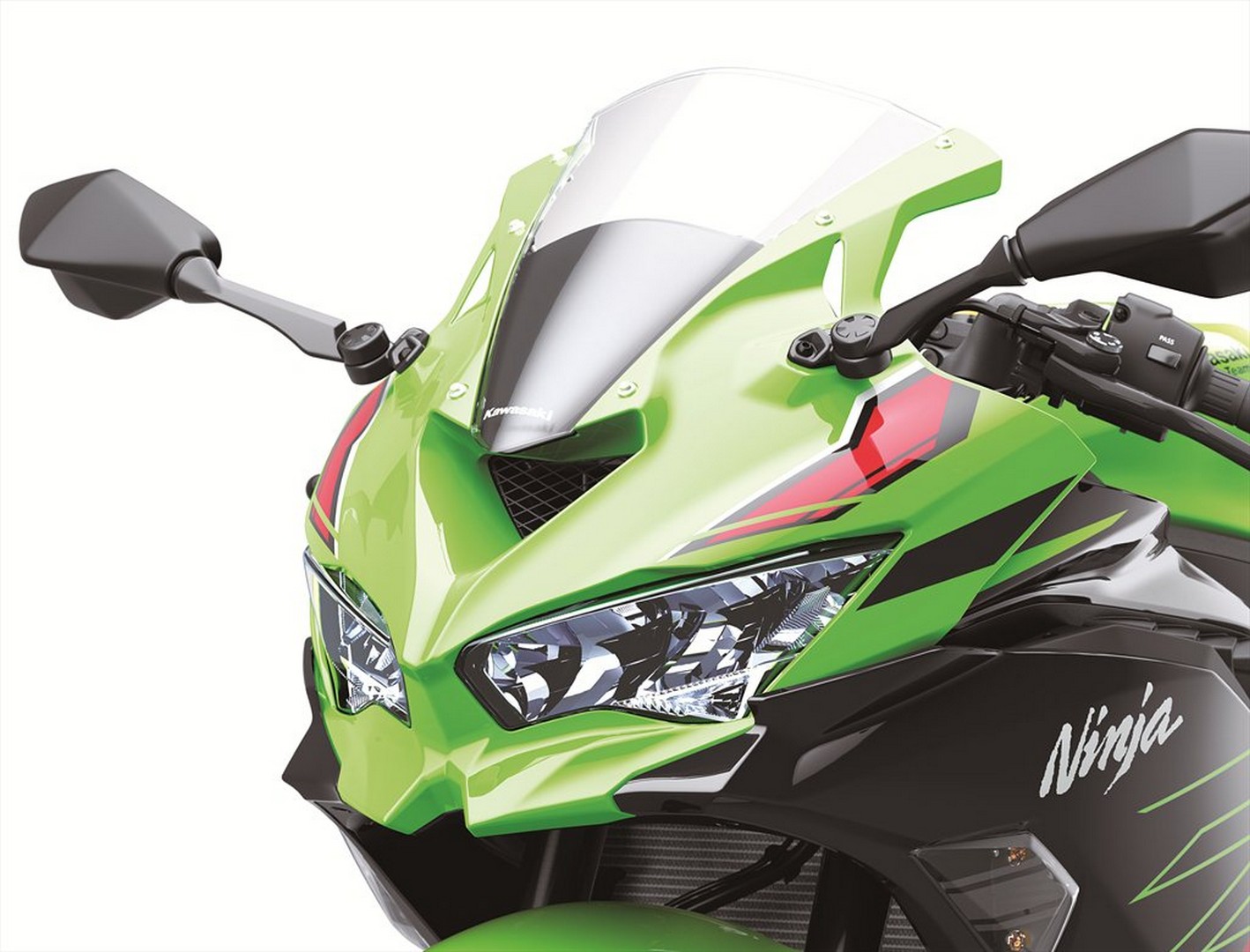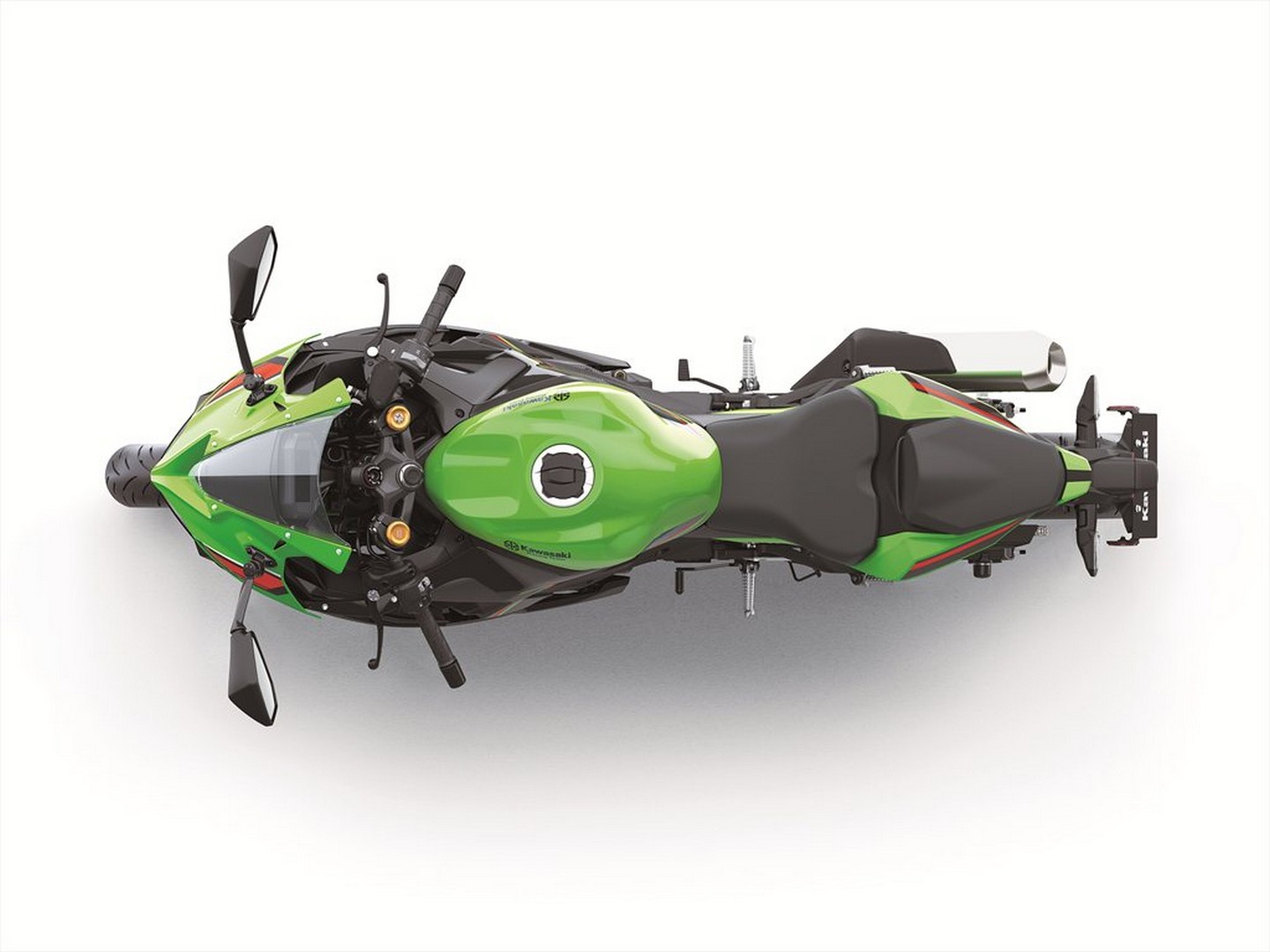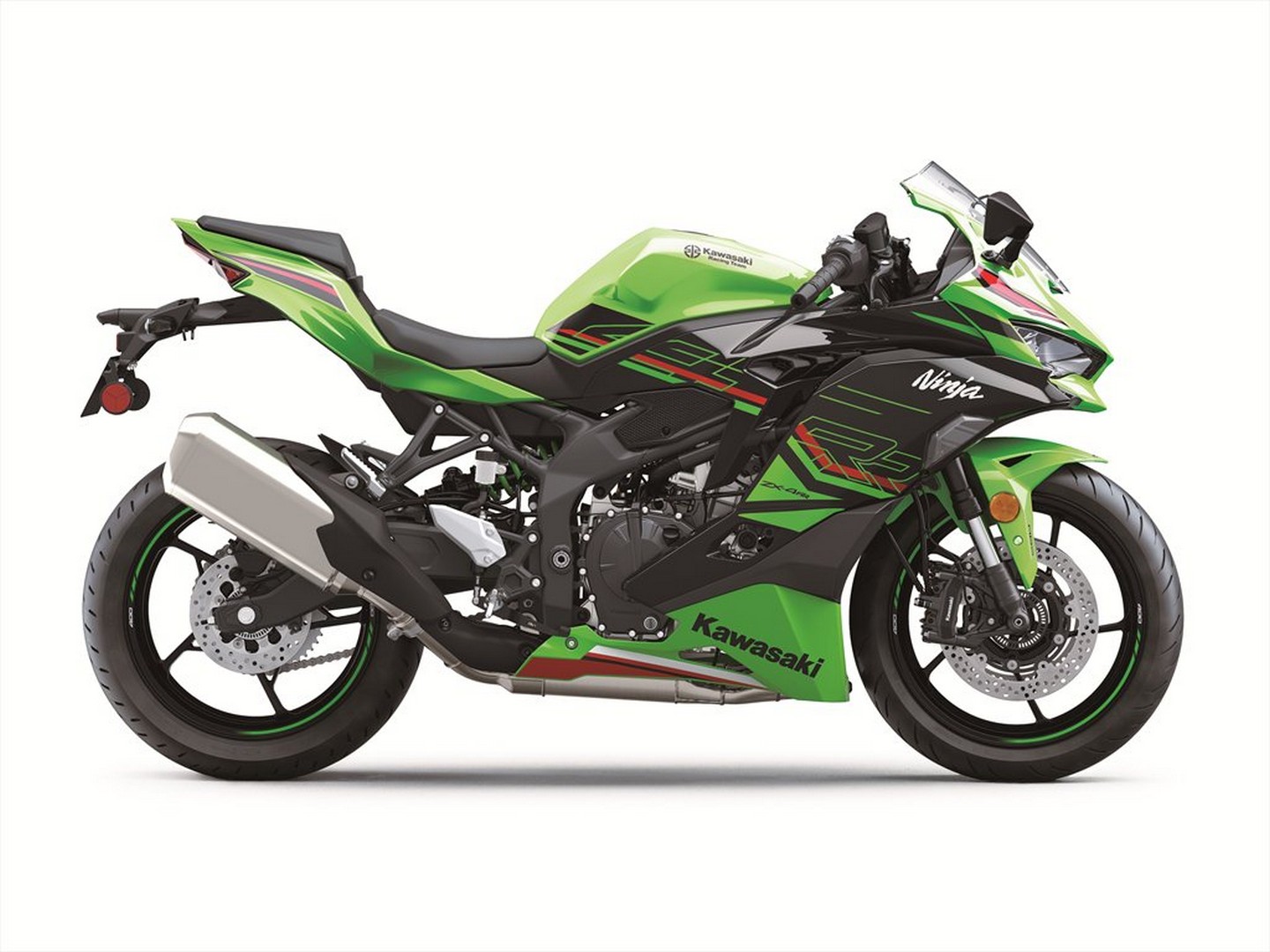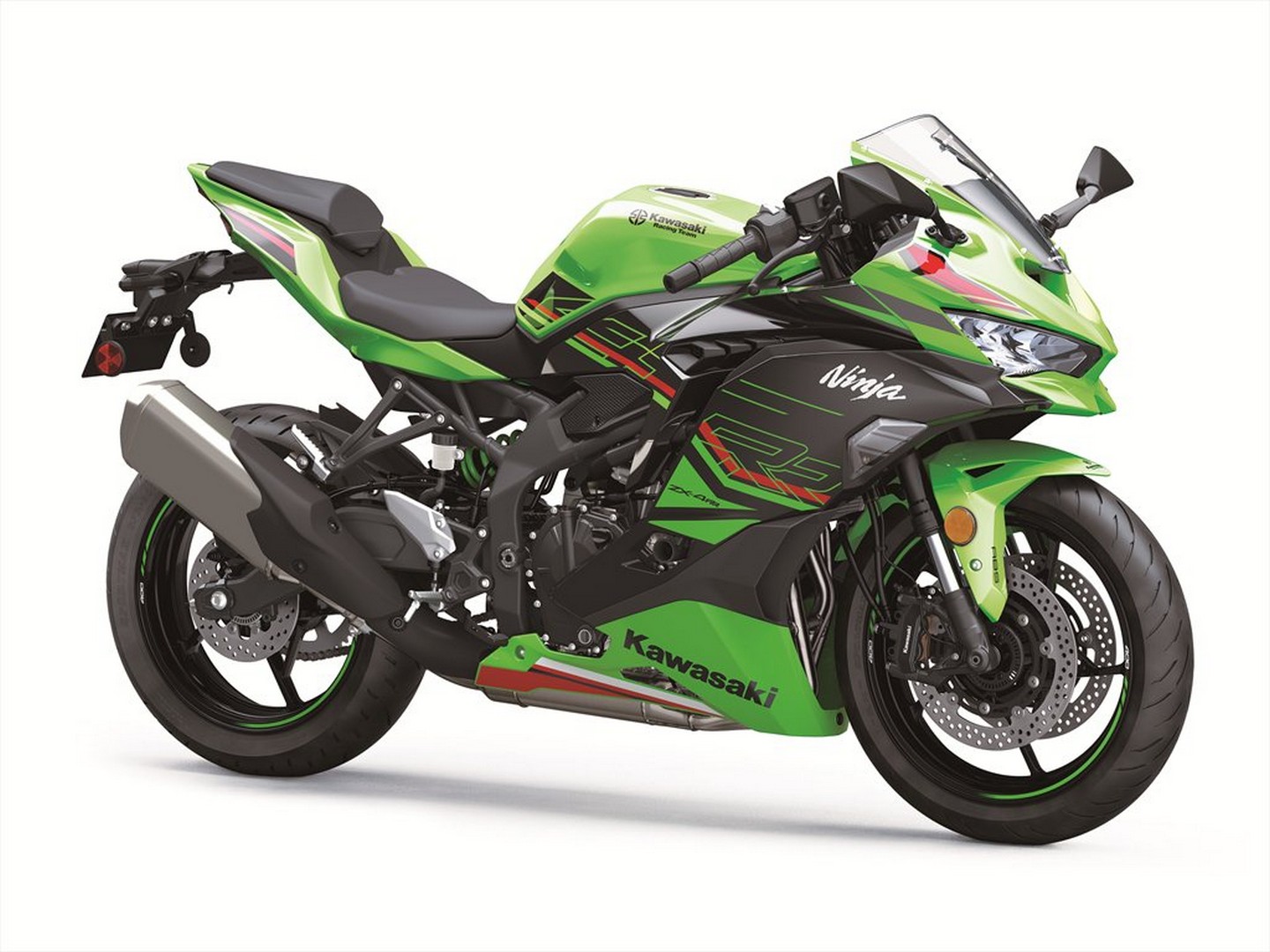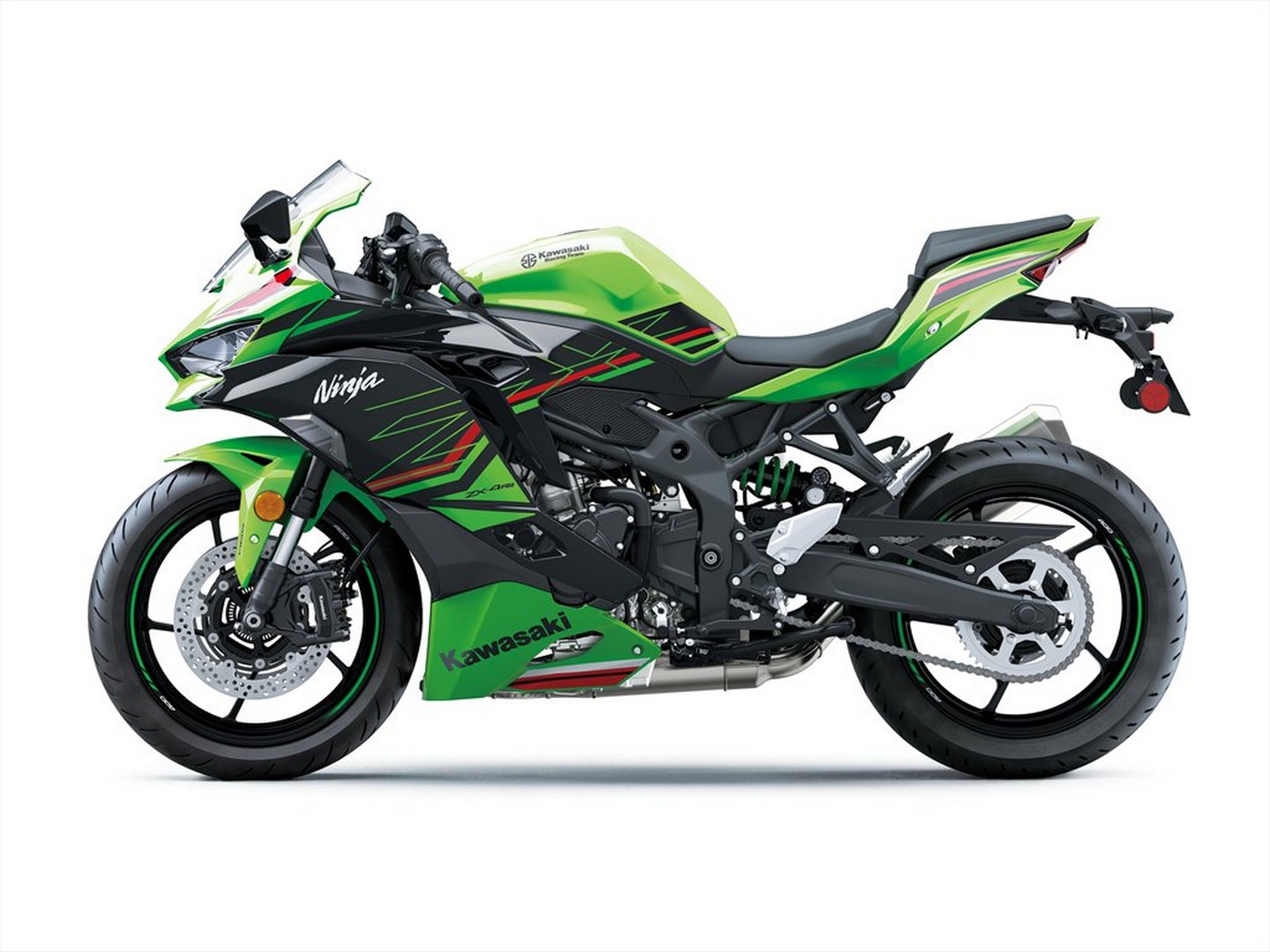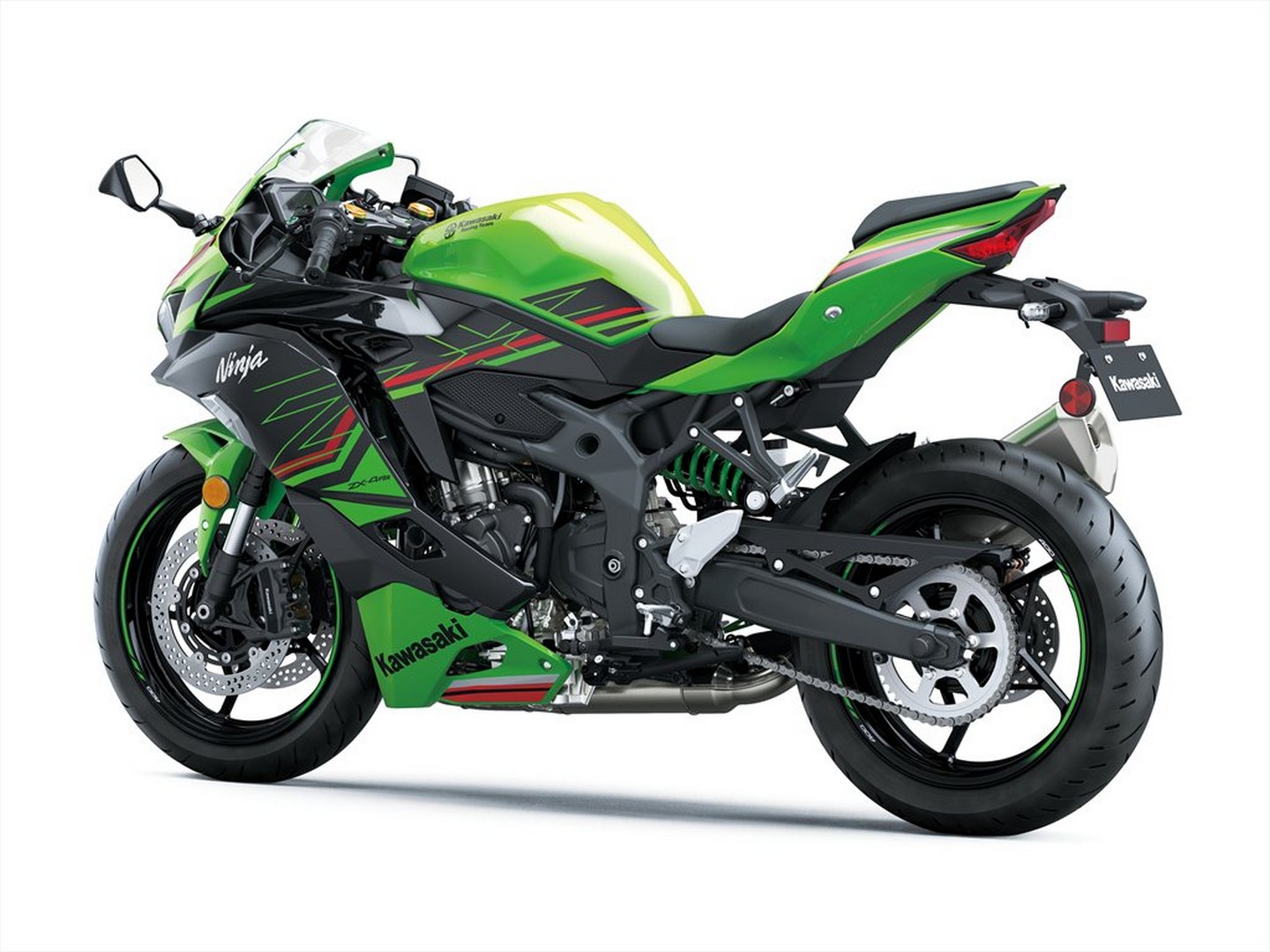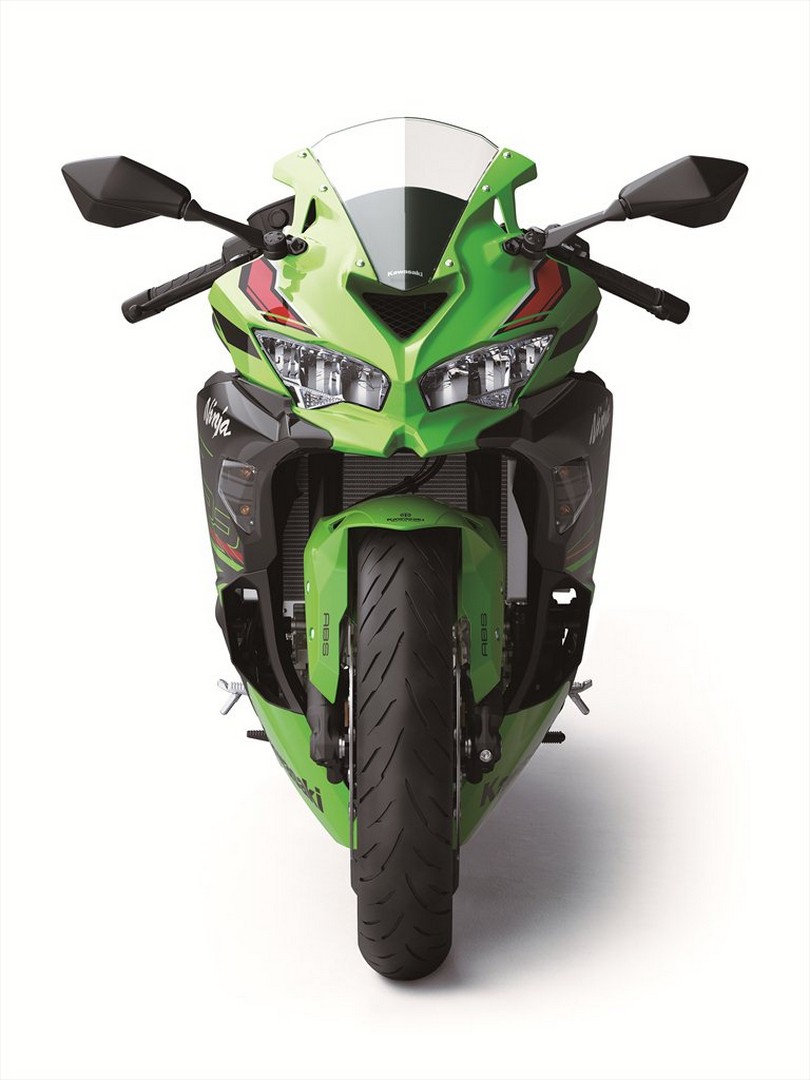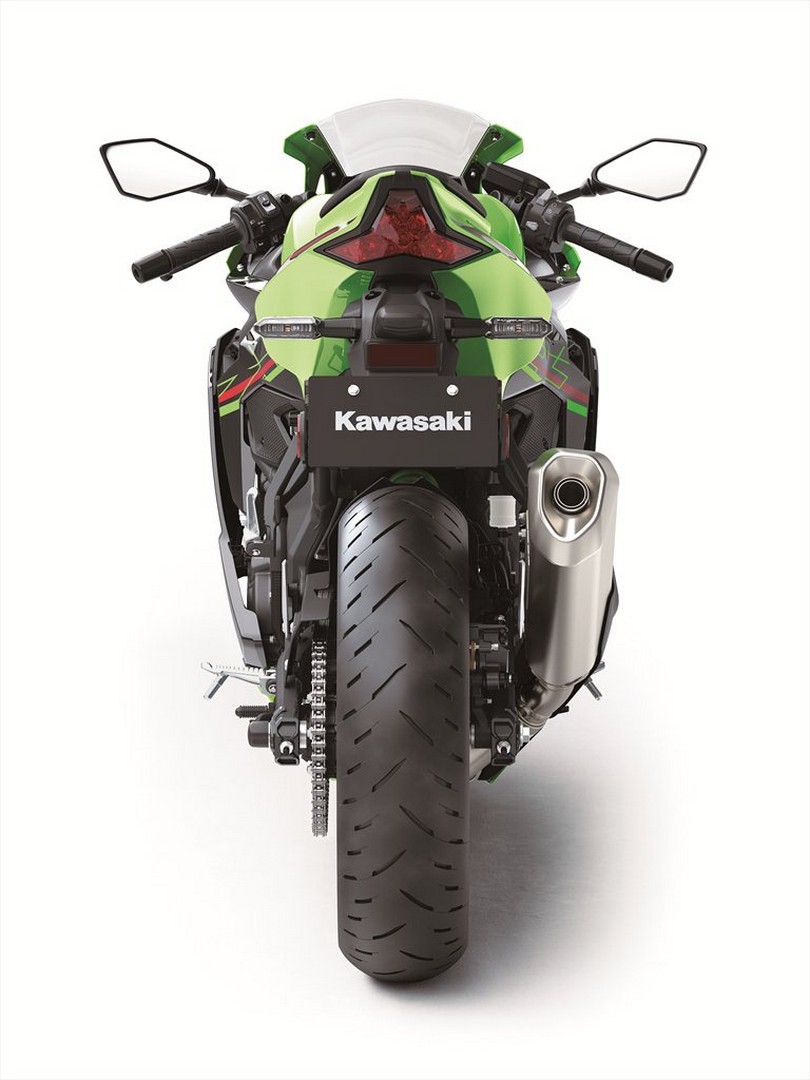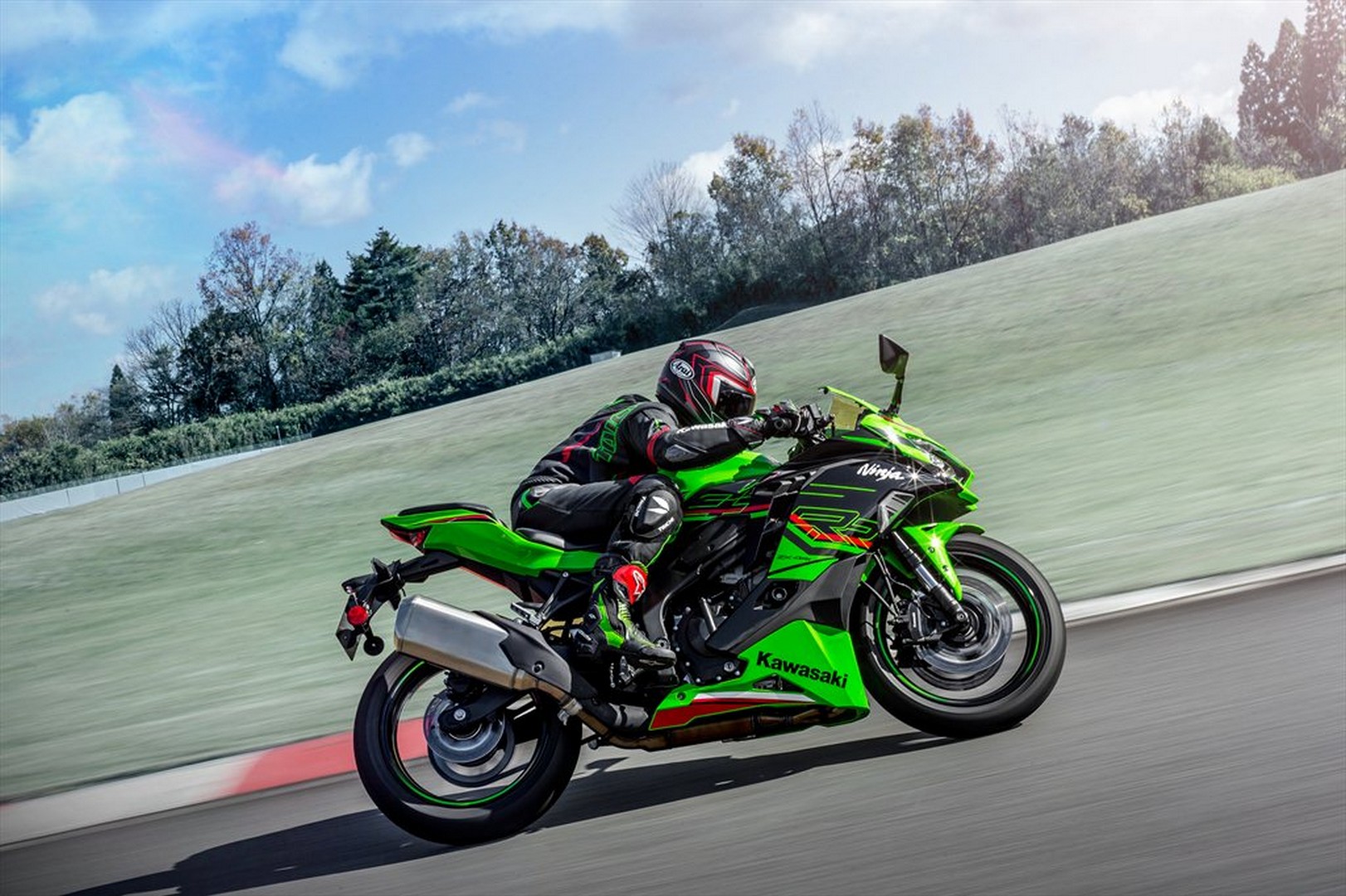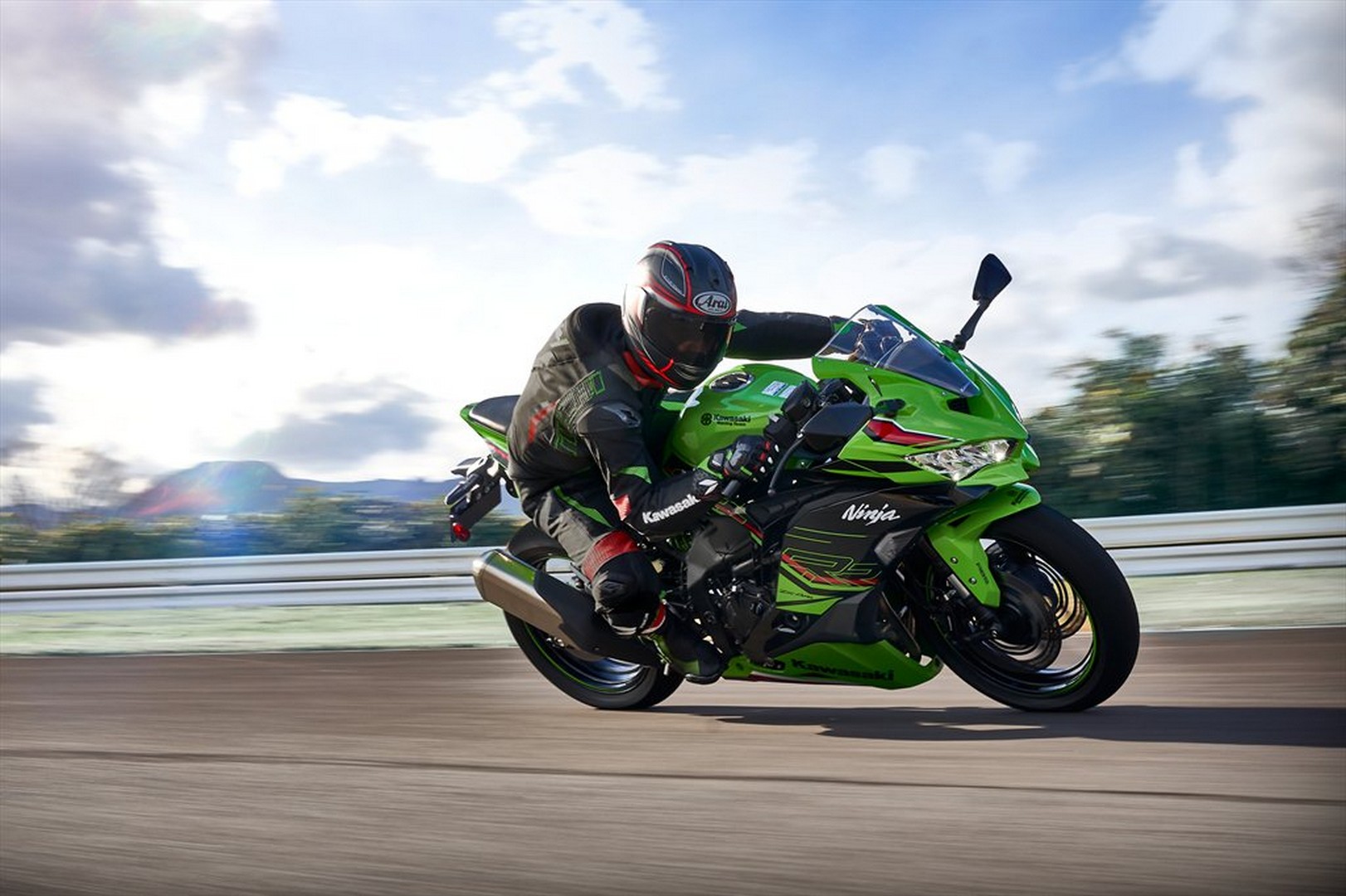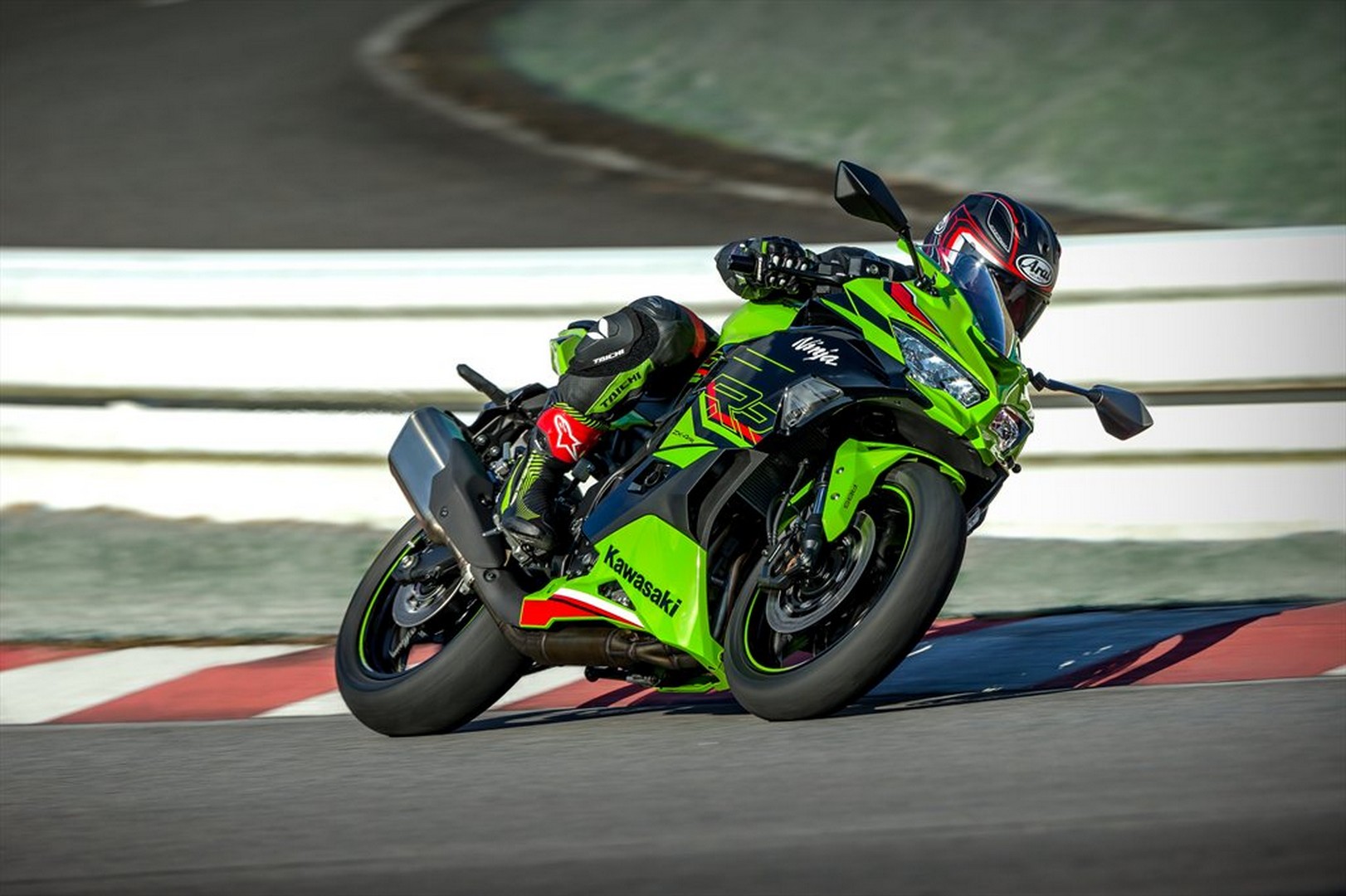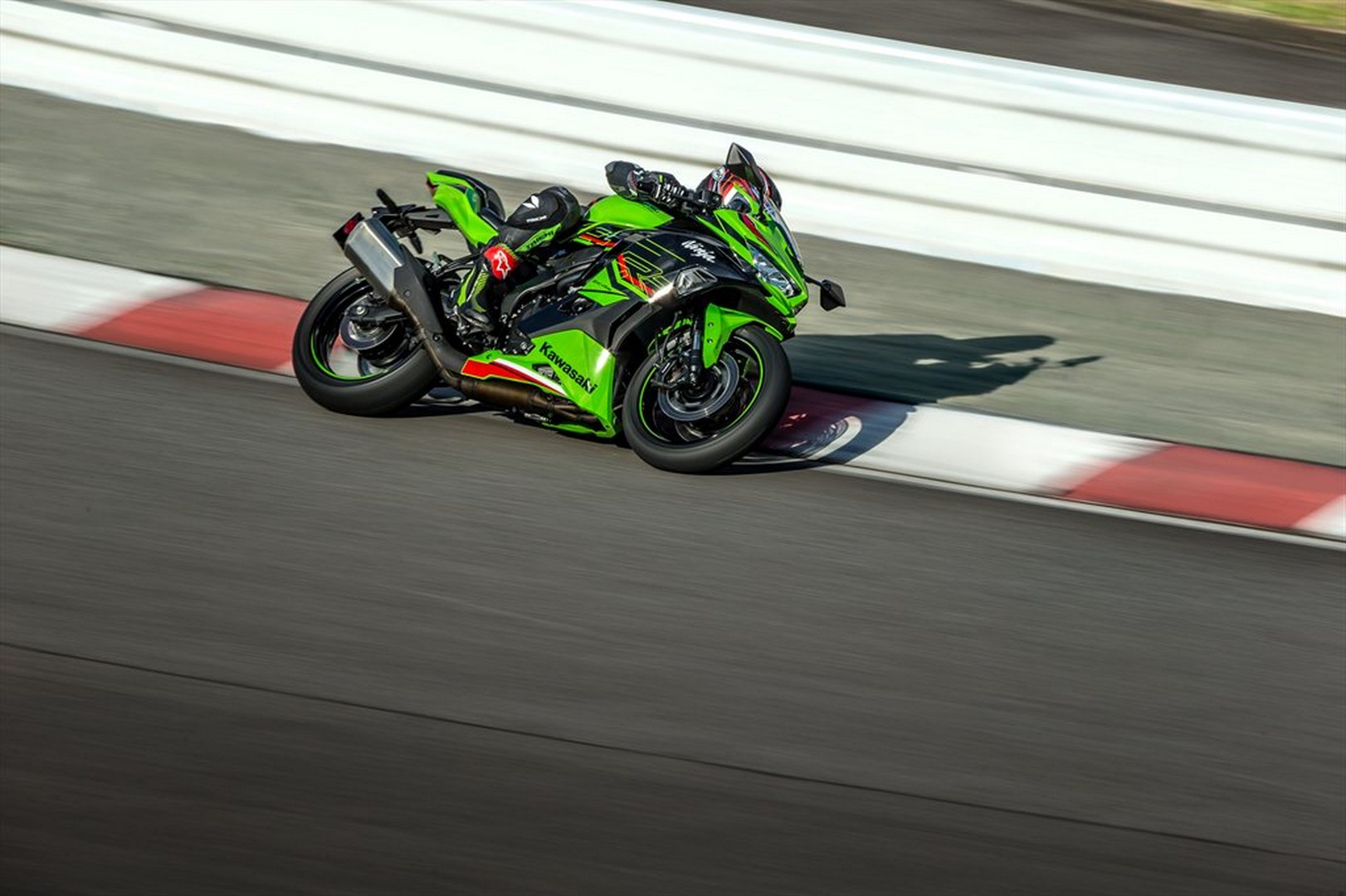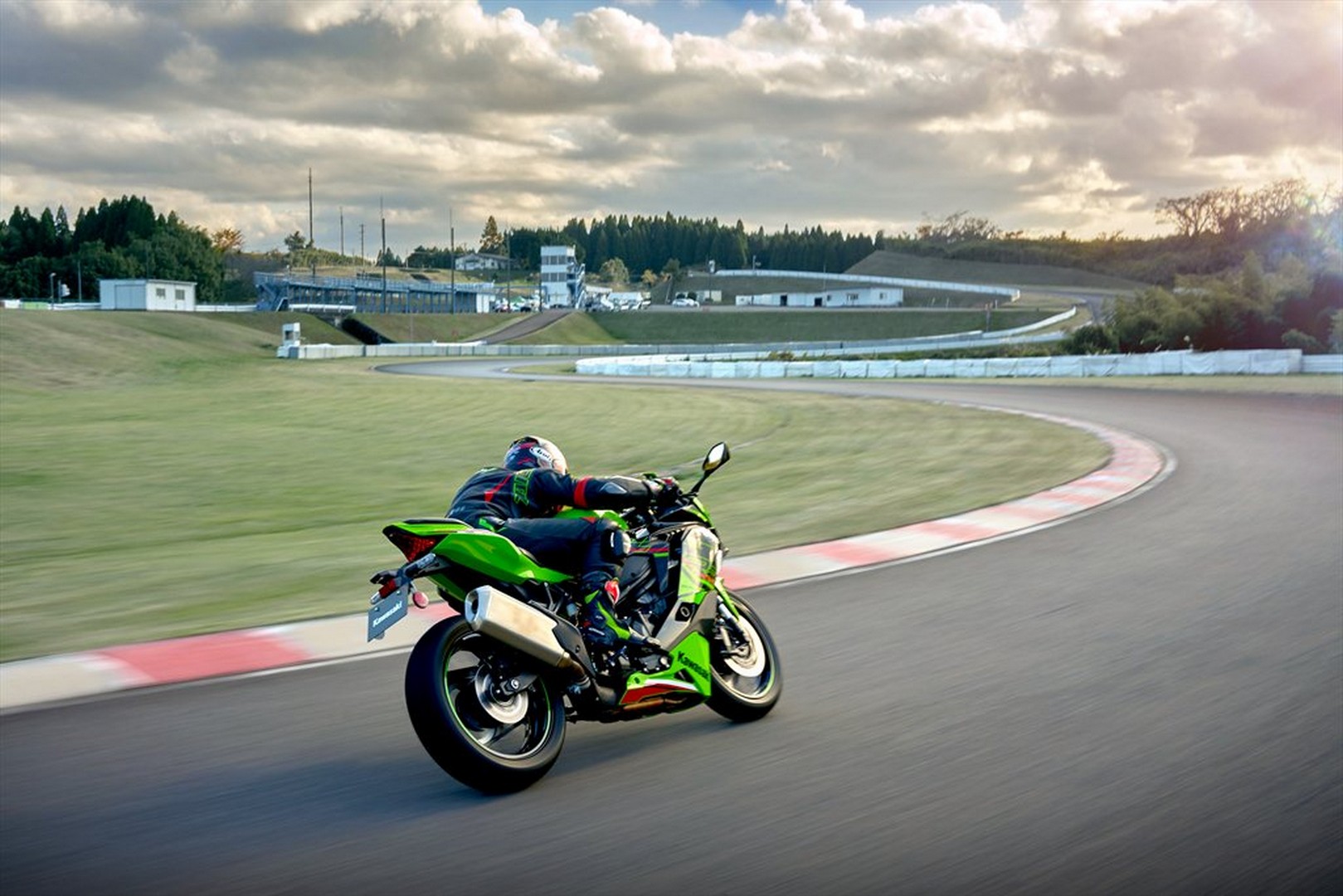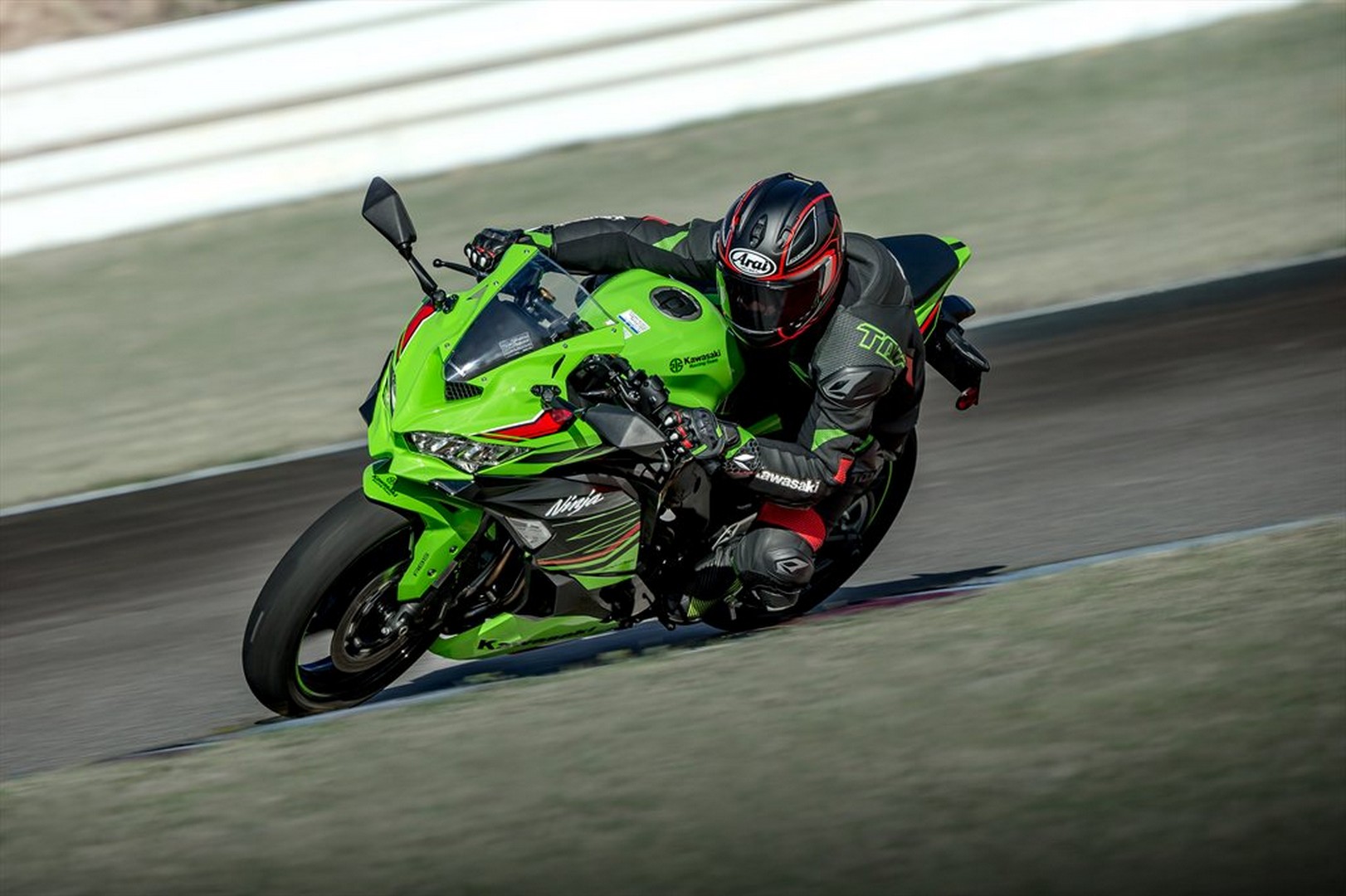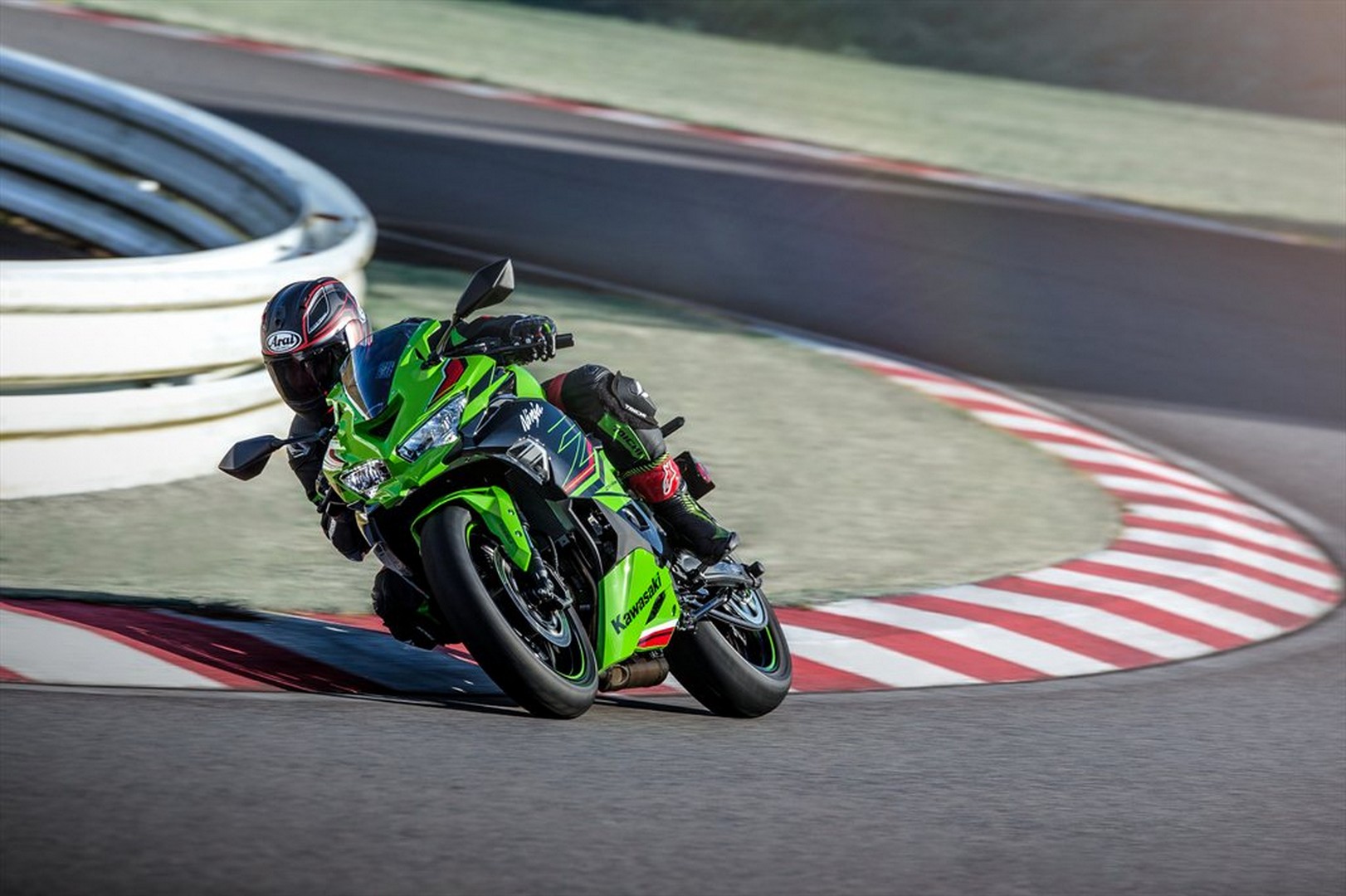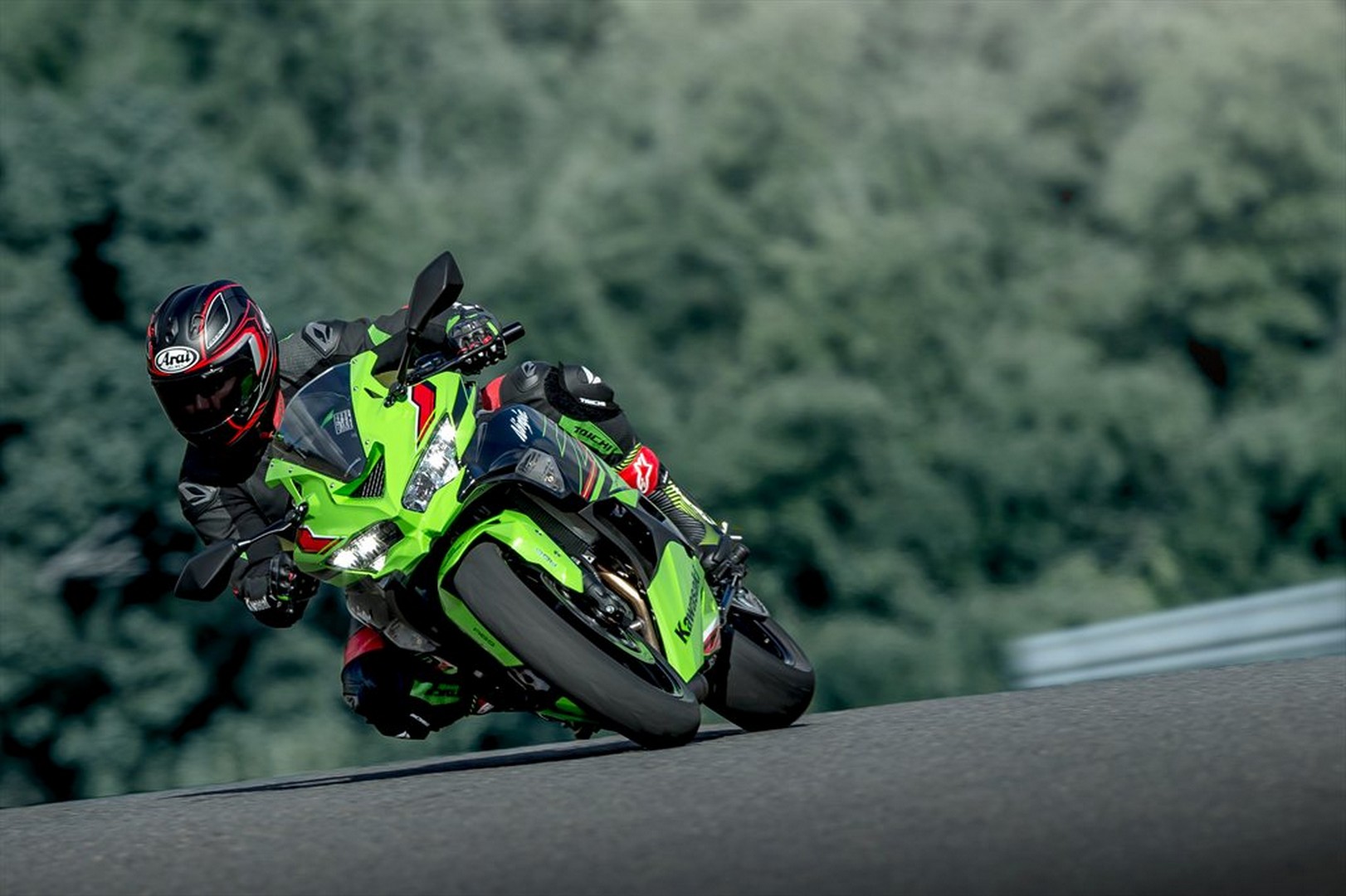2023 Kawasaki Ninja ZX-4RR Is A Track-Ready Supersport Beast
Contents
The 2023 Kawasaki Ninja ZX-4RR is one of a few special editions in Kawasaki’s 2023 lineup. The ZX-4RR is a track-ready supersport bike that builds on Kawasaki’s rich motorcycle racing heritage and is designed to deliver an exhilarating experience on both the track and the streets. The Ninja ZX-4RR is powered by a 399cc engine, which is equipped with a six-speed transmission and an assist and slipper clutch. This engine delivers an impressive power-to-weight ratio, providing a thrilling ride for experienced and novice riders alike.
Kawasaki’s advanced electronics package sets the Ninja ZX-4RR apart from the other Japanese motorcycle manufacturers. The Kawasaki Quick Shifter (KQS) allows for seamless upshifts and downshifts without the need for a clutch. Additionally, the KTRC (Kawasaki Traction Control) offers three levels of intervention, allowing riders to fine-tune the system to match their skill level and riding conditions. The bike’s lightweight chassis is designed to provide excellent handling and stability and features a steel trellis frame that offers a great balance of rigidity and flexibility. The Showa suspension components, including the SFF-BP (Separate Function Fork – Big Piston) front fork and a horizontal back-link shock allow for precise damping adjustments to suit various riding styles and conditions.
Kawasaki has also made significant strides in improving the Ninja ZX-4RR’s braking performance. The bike comes equipped with radial-mount monobloc front brake calipers to provide strong and consistent stopping power. The inclusion of ABS ensures optimal braking performance in all conditions, giving riders added confidence on the track and the streets.
The 2023 Kawasaki Ninja ZX-4RR starts at $9,699 USD/ $10,999 CAD
On this page: we’ve curated specs, features, news, photos/videos, etc. so you can read up on the new 2023 Kawasaki Ninja ZX-4RR in one place.
Model Overview
General Info
- Price: $9,699 USD/ $10,999 CAD
- Key Features:
-
- TFT Instrumentation
- Slipper Clutch
- Quick Shifter
- ABS
Main Specs
- Engine: 399cc 4-stroke, In-Line Four, OHC, 16-valve, liquid-cooled
- Power: 75 horsepower (estimated)
- Torque: 26.5 lb-ft
- Weight: 414.5 lbs (188 kgs)
- Seat Height: 31.5 inches (800 mm)
Competitors
2023 Kawasaki Ninja ZX-4RR Specifications
ENGINE |
||
| Engine | 399cc, 4-stroke, In-Line Four, OHC, 16-valve, liquid-cooled | |
| Power | 75 horsepower (estimated) | |
| Bore x Stroke | 57.0 x 39.1 mm | |
| Compression Ratio |
12.3:1
|
|
| Fuel System | DFI® w/ 34mm throttle valves (4) | |
| Starter | Electric | |
| Lubrication | ||
DRIVETRAIN |
||
| Clutch | ||
| Transmission | 6-speed, manual, return shift | |
| Final Drive | Chain | |
CHASSIS |
||
| Suspension Front | 37mm inverted fork with SFF-BP internals and spring preload adjustability/4.7 in | |
| Suspension Rear | Horizontal Back-link, BFRC lite gas charged shock w/ piggyback reservoir, adjustable compression, rebound and spring preload/4.9 in. | |
| Brakes Front | Dual 290mm discs, ABS | |
| Brakes Rear |
Single 220mm disc, ABS
|
|
| Tires Front | 120/70 – 17 | |
| Tires Rear | 160/60 – 17 | |
| Fuel Tank Capacity | 4.0 gal. | |
| Color |
Lime Green/Ebony
|
|
ELECTRICAL |
||
| Ignition | Digital | |
| Spark Plugs | ||
| Headlight | LED | |
| Tail Light | LED | |
DIMENSIONS |
||
| Overall Length | 78.4 in. | |
| Overall Width | 30.1 in | |
| Overall Height | 43.7 in | |
| Wheelbase | 1,380 mm (54.3 in) | |
| Ground Clearance | 135 mm (5.3 in) | |
| Seat Height | 800 mm (31.5 in) | |
| Curb Weight | 414.5 lb | |
WARRANTY |
||
| Warranty | 12 Month Limited Warranty | |
| Kawasaki Protection Plus | 12 / 24 / 36 / 48 months | |
2023 Kawasaki Ninja ZX-4RR Features
Assist & Slipper Clutch
Under normal operation, the assist cam functions as a self-servo mechanism, pulling the clutch hub and operating plate together to compress the clutch plates. This allows the total clutch spring load to be reduced, resulting in a lighter clutch lever feel when operating the clutch.
When excessive engine braking occurs – as a result of quick downshifts (or an accidental downshift) – the slipper cam comes into play, forcing the clutch hub and operating plate apart. This relieves pressure on the clutch plates to reduce back-torque and helps prevent the rear tire from hopping and skidding. This race-style function is particularly useful when sport or track riding.
Economical Riding Indicator
While effective vehicle speed and engine speed may vary by model, paying attention to conditions that cause the “ECO” mark to appear can help riders improve their fuel efficiency – a handy way to increase cruising range. Further, keeping fuel consumption low also helps minimize negative impact on the environment.
Electronic Throttle Valves
Electronic throttle valves also enable more precise control of electronic engine management systems like S-KTRC and KTRC, and allow the implementation of electronic systems like KLCM, Kawasaki Engine Brake Control, and Electronic Cruise Control.
KTRC (Kawasaki Traction Control)
Less intrusive modes maintain optimum traction during cornering. Designed with sport riding in mind, they facilitate acceleration out of corners by maximizing forward drive from the rear wheel. And because Kawasaki’s sophisticated software bases its dynamic analysis on the chassis’ orientation relative to the track surface (rather than relative to a horizontal plane), it is able to take into account corner camber, gradient, etc., and adapt accordingly.
In the more intrusive modes (and for some models, in any mode), when excessive wheel spin is detected, engine output is reduced to allow grip to be regained, effectively enabling riders to negotiate both short, slippery patches (train tracks or manhole covers) and extended stretches of bad roads (wet pavement, cobblestone, gravel) with confidence.
KQS (Kawasaki Quick Shifter)
Power Modes
Smartphone Connectivity
ABS (Anti-lock Brake System)
HORIZONTAL BACK-LINK REAR SUSPENSION
A secondary benefit is that the shock unit is placed far away from exhaust heat. Because it is more difficult for heat from the exhaust system to adversely affect suspension oil and gas pressure, suspension performance is more consistent.
2023 Kawasaki Ninja ZX-4RR Photos
2023 Kawasaki Ninja ZX-4RR Videos
2023 Kawasaki Ninja ZX-4RR review by Full Throttle:
2023 Kawasaki Ninja ZX-4RR Review by TechnoLogic:
Links
Kawasaki Official Websites


